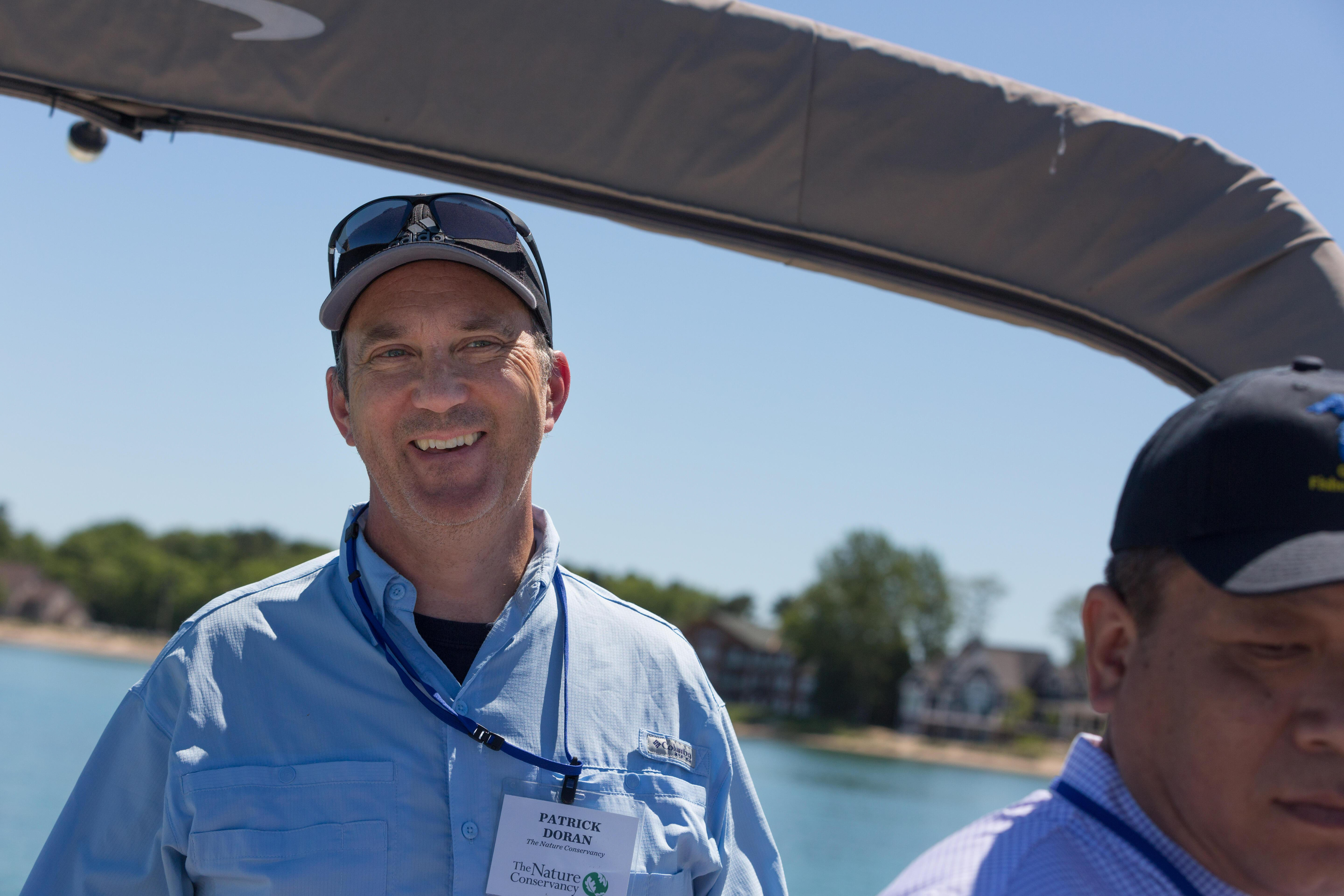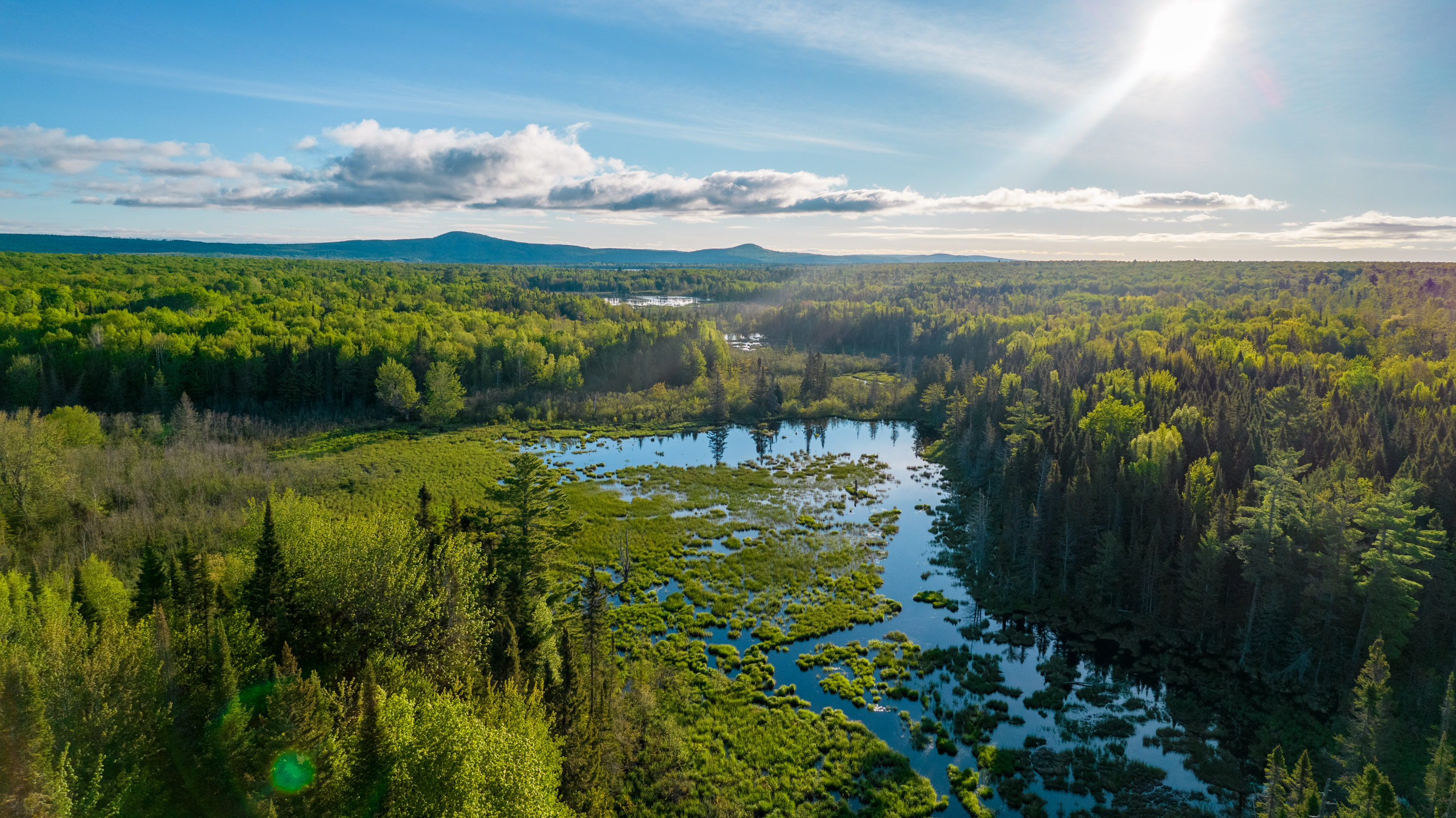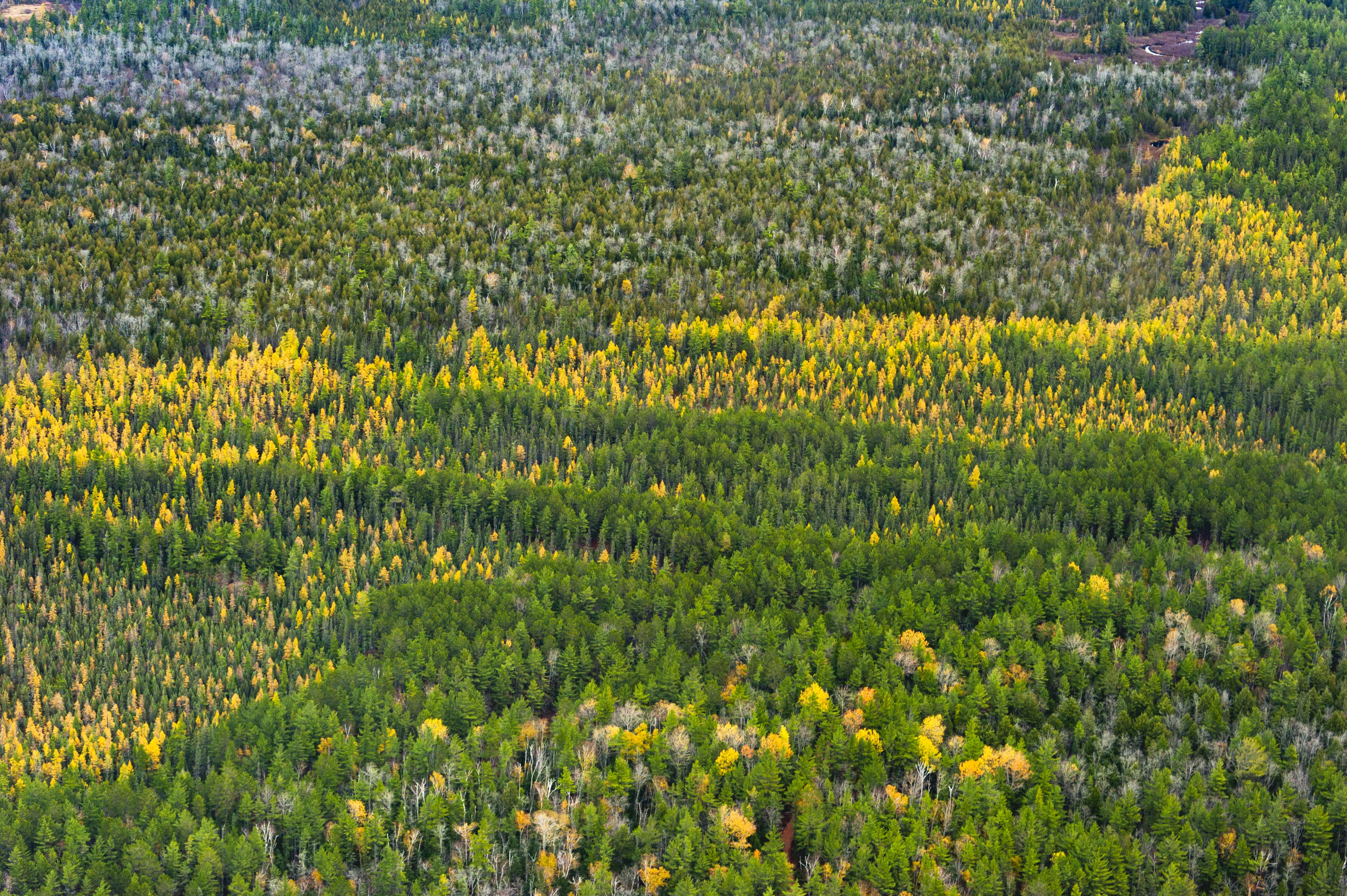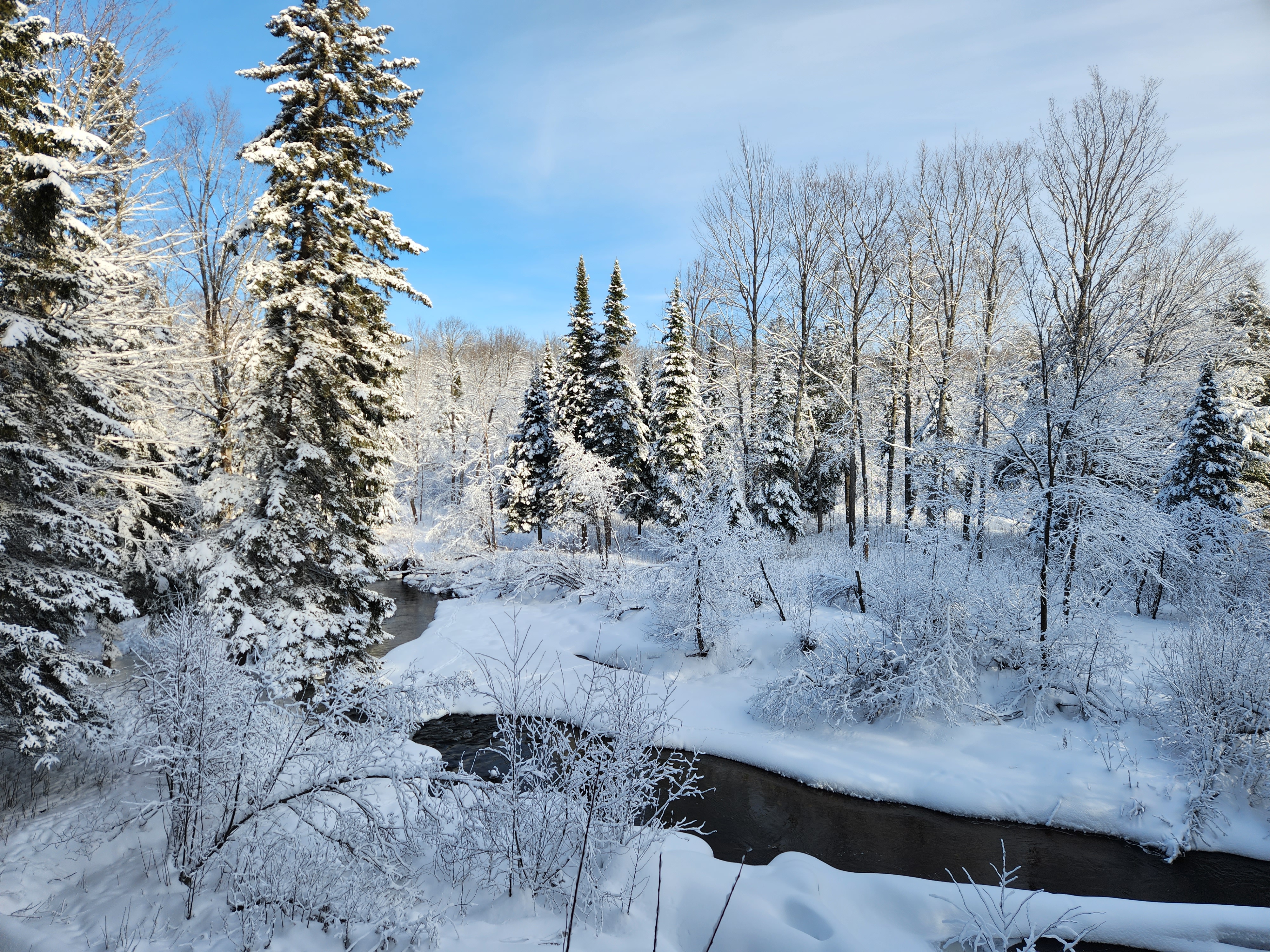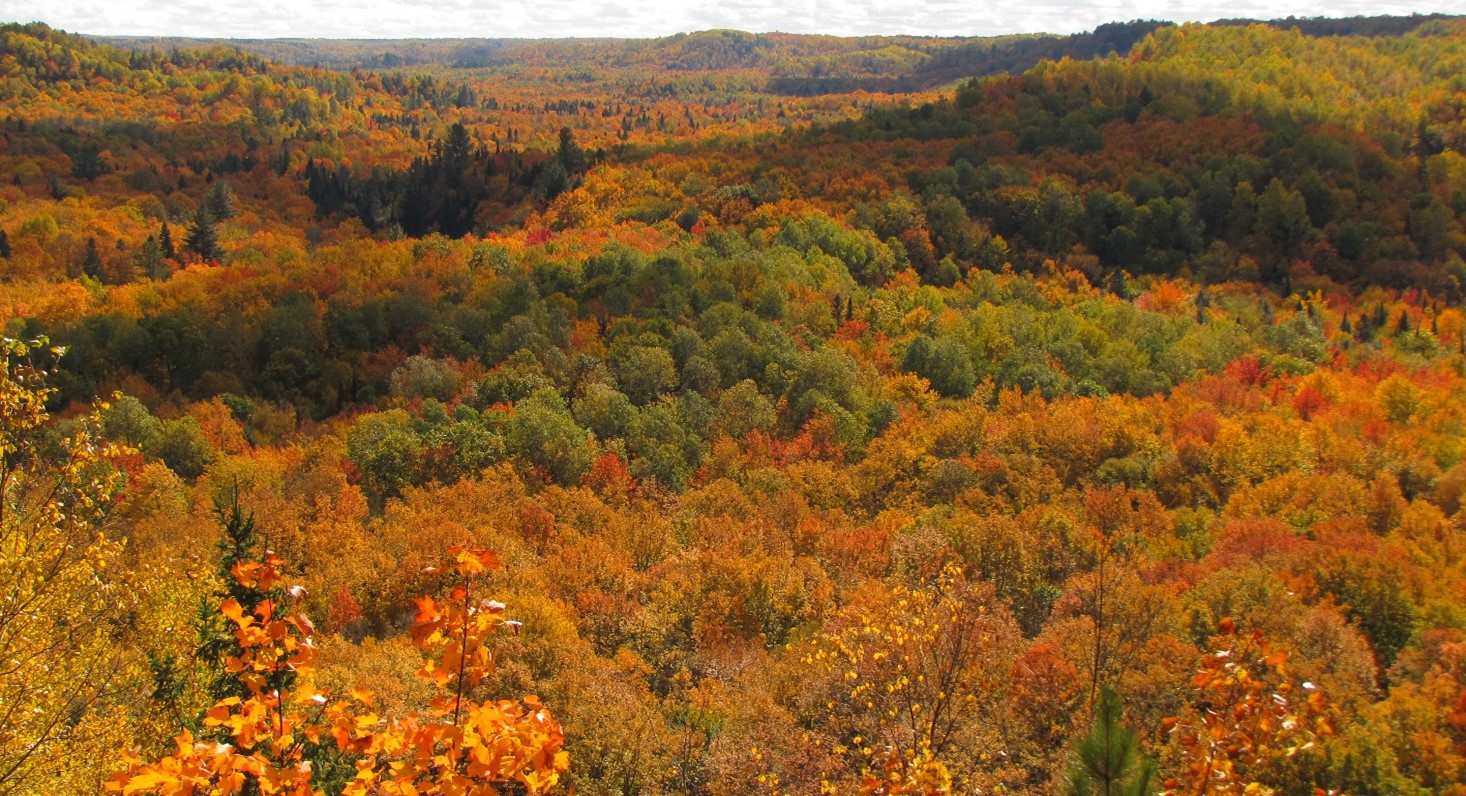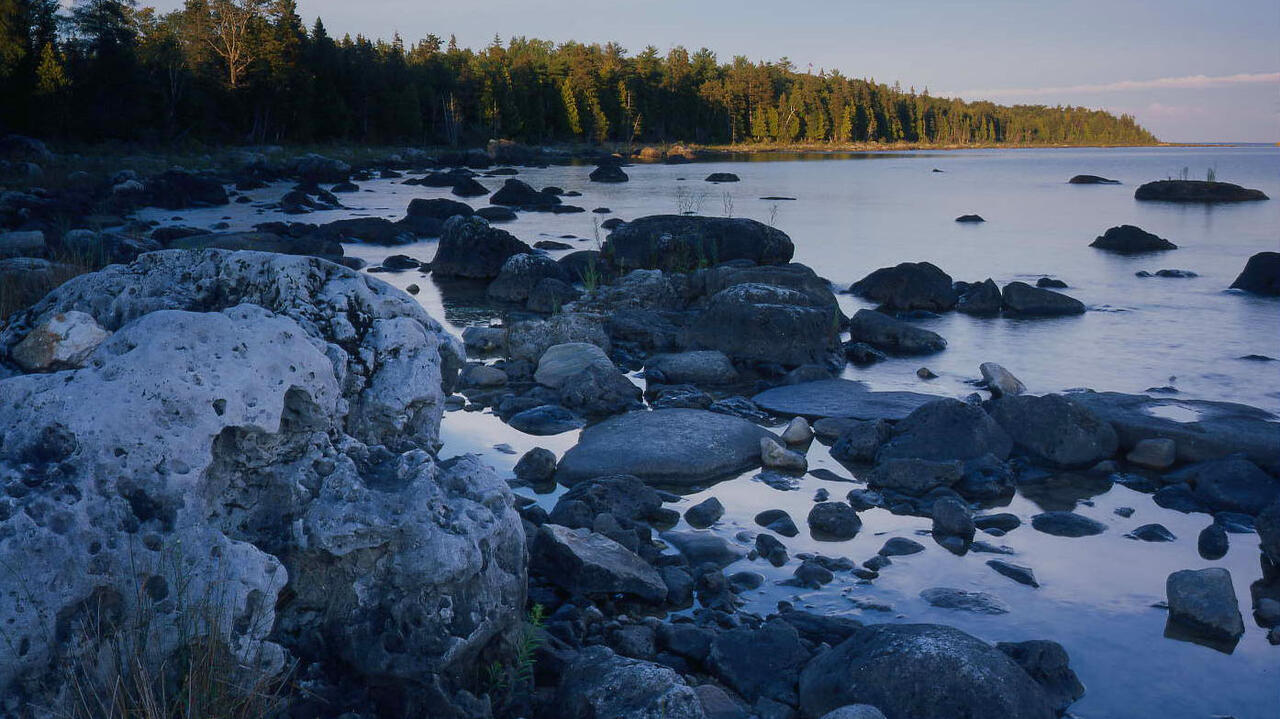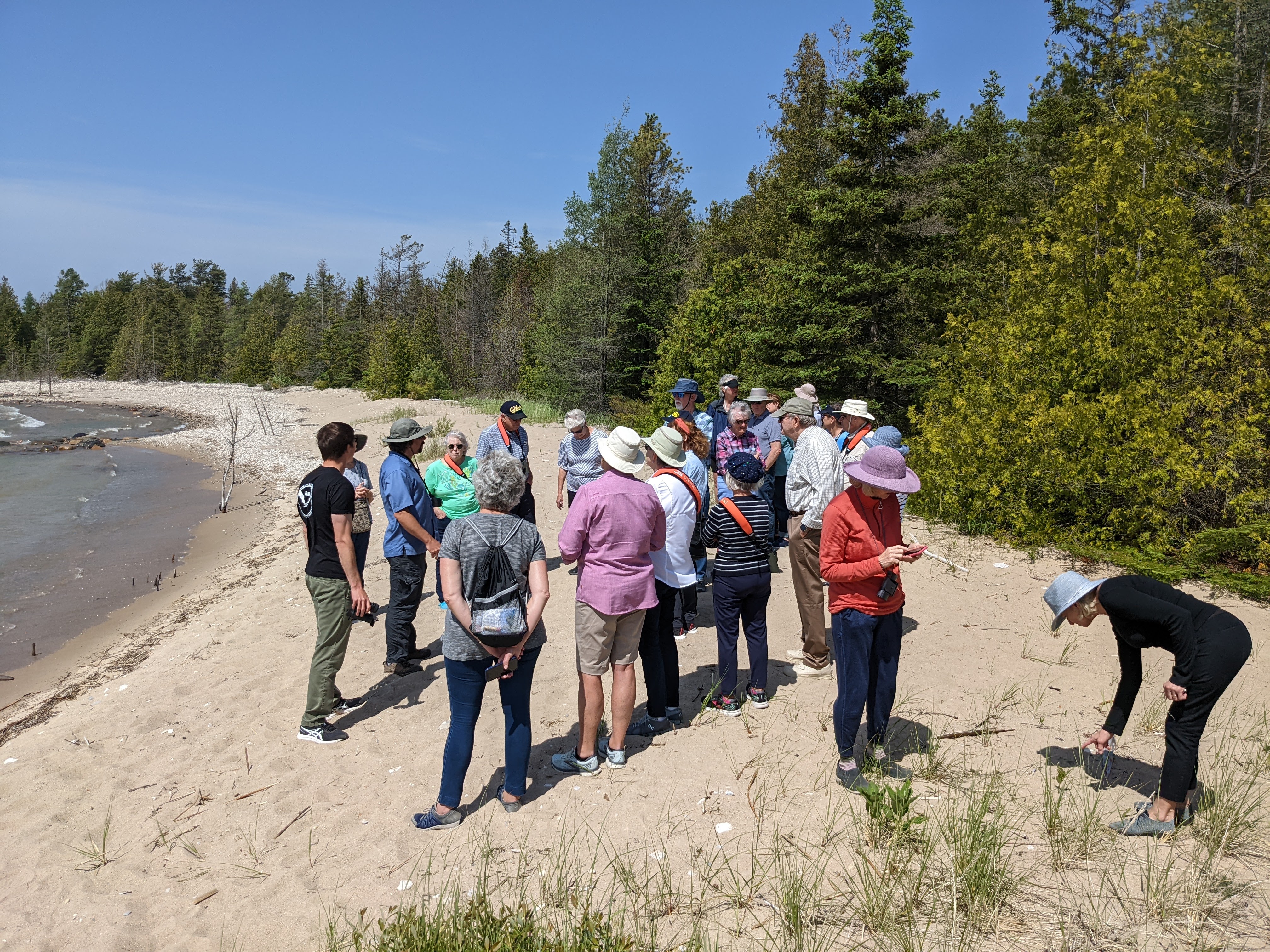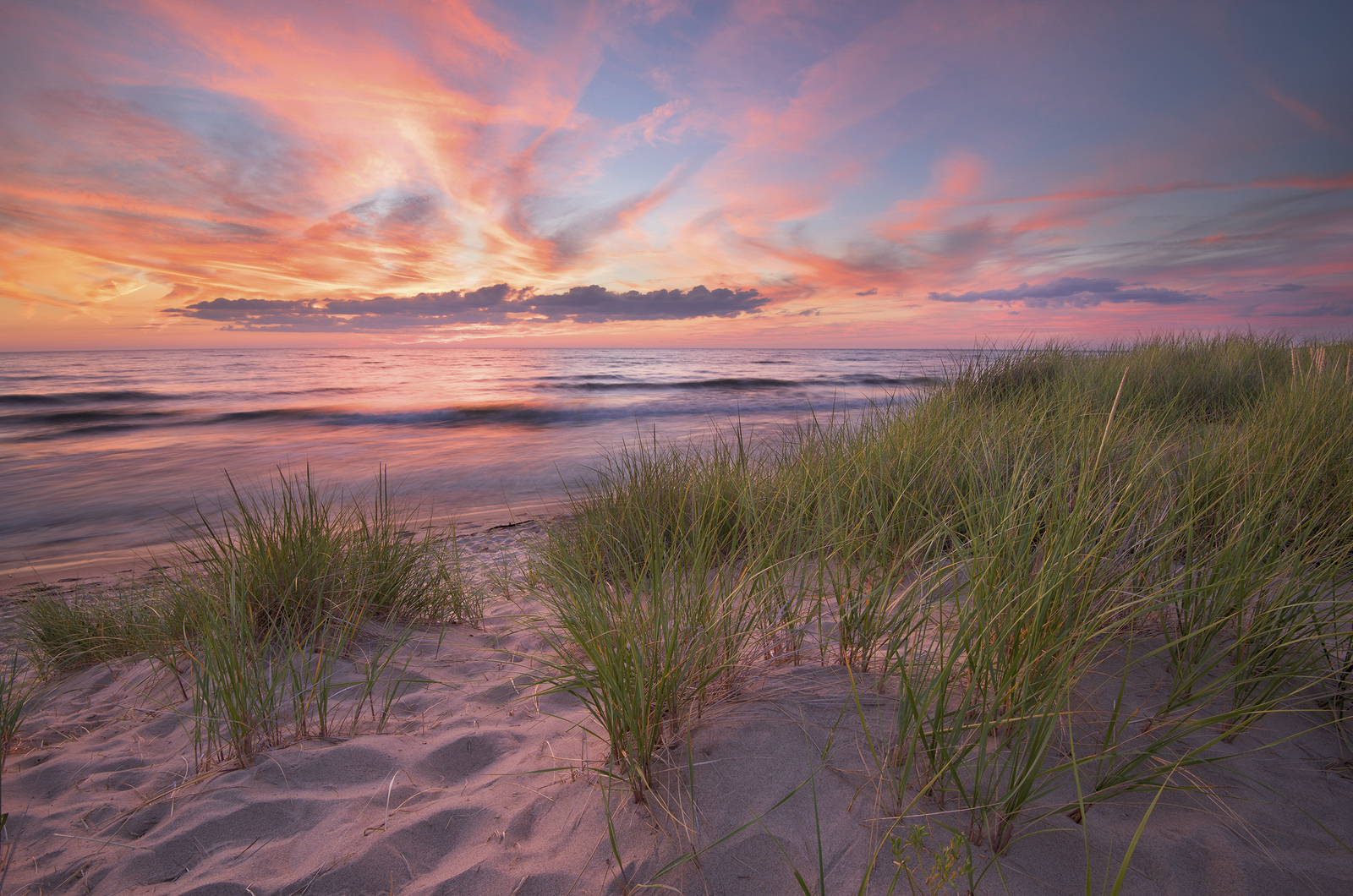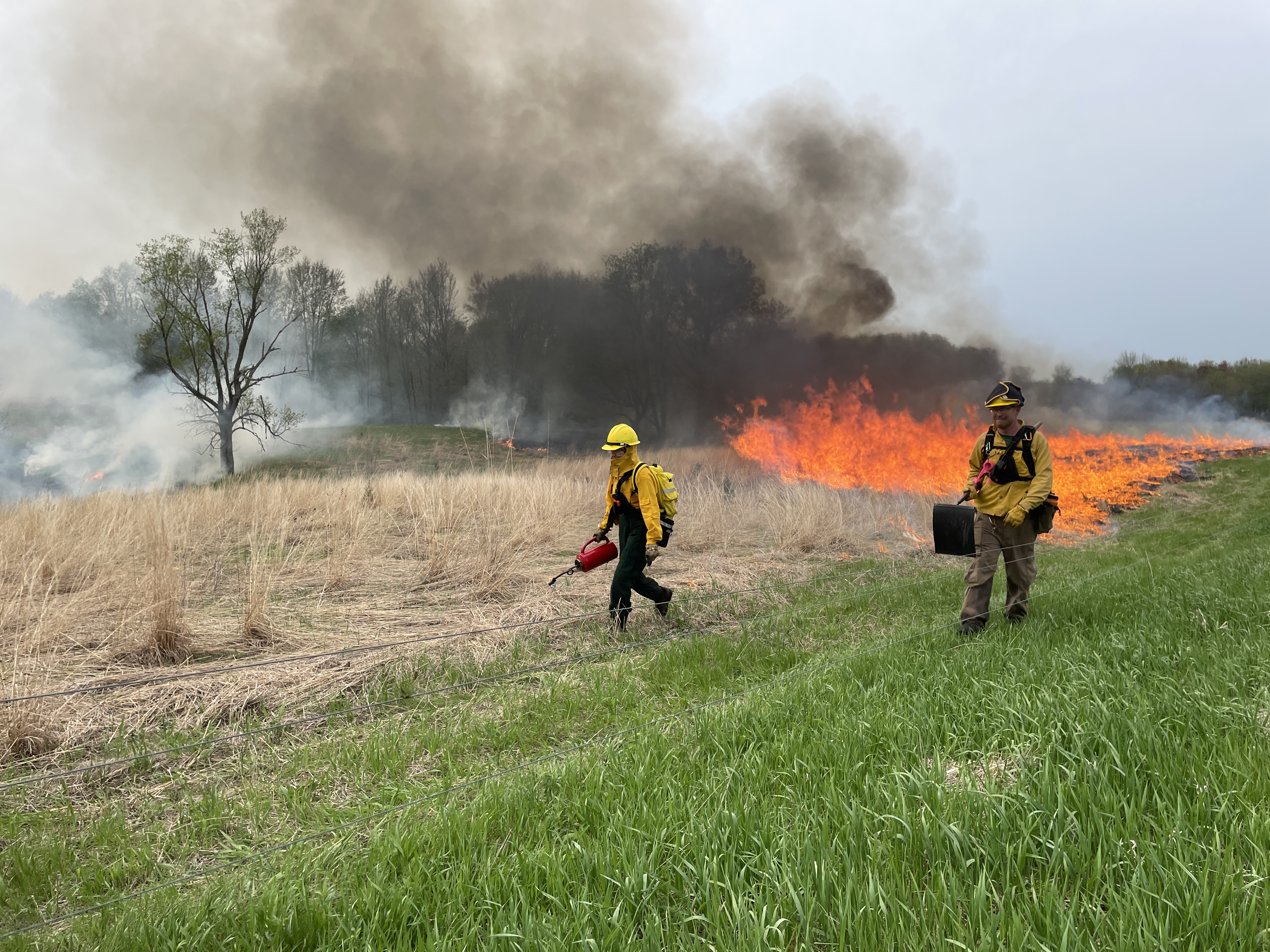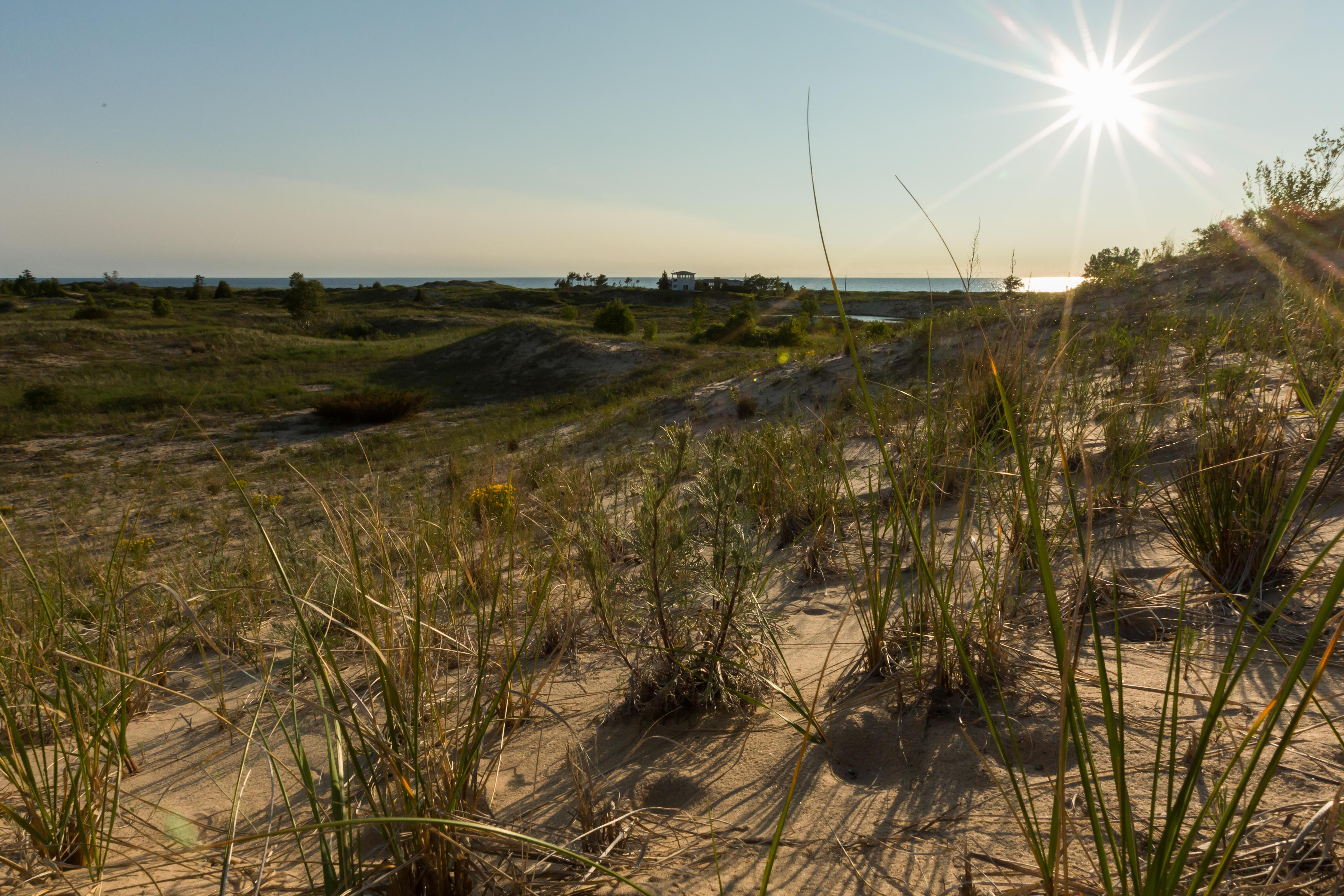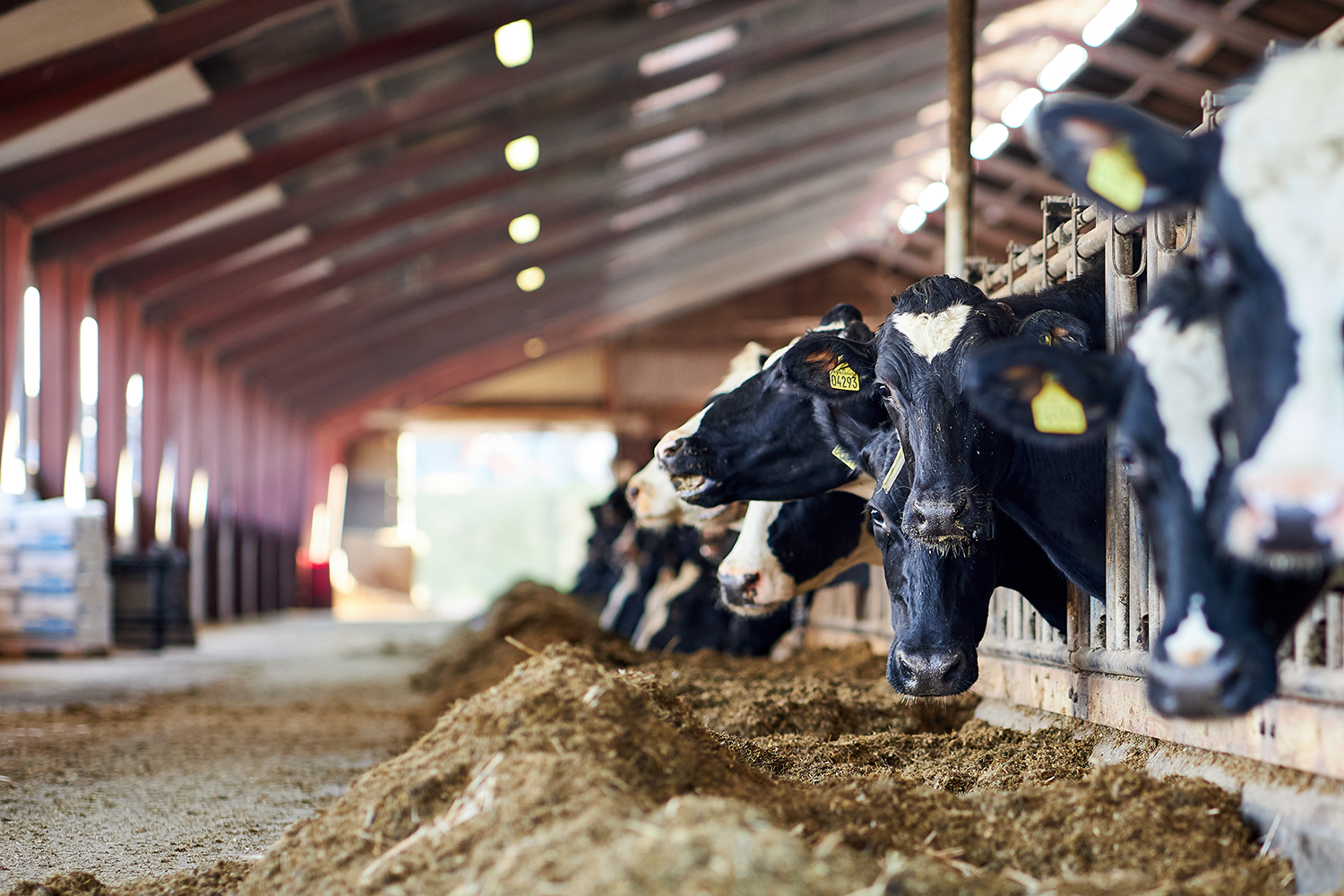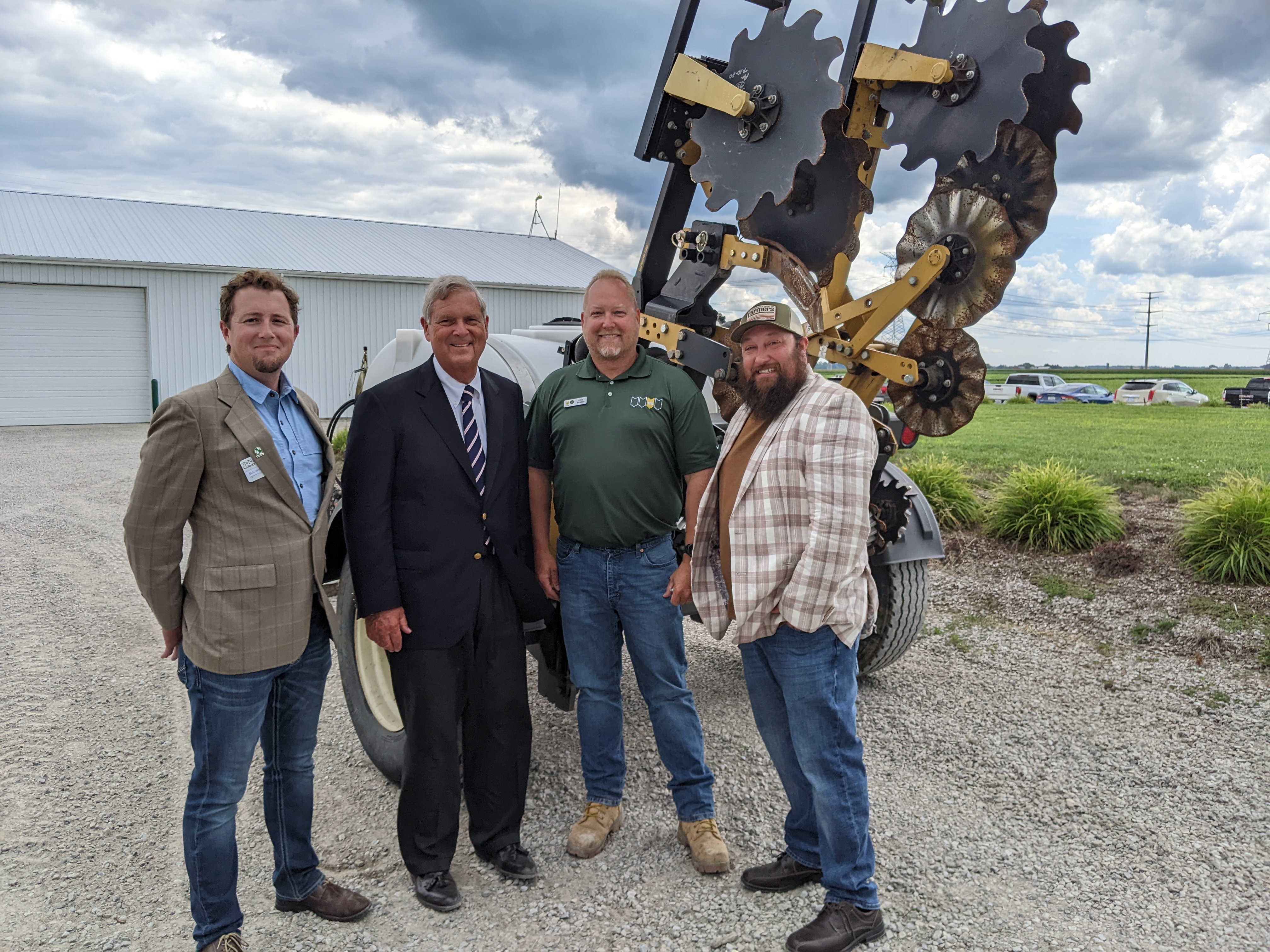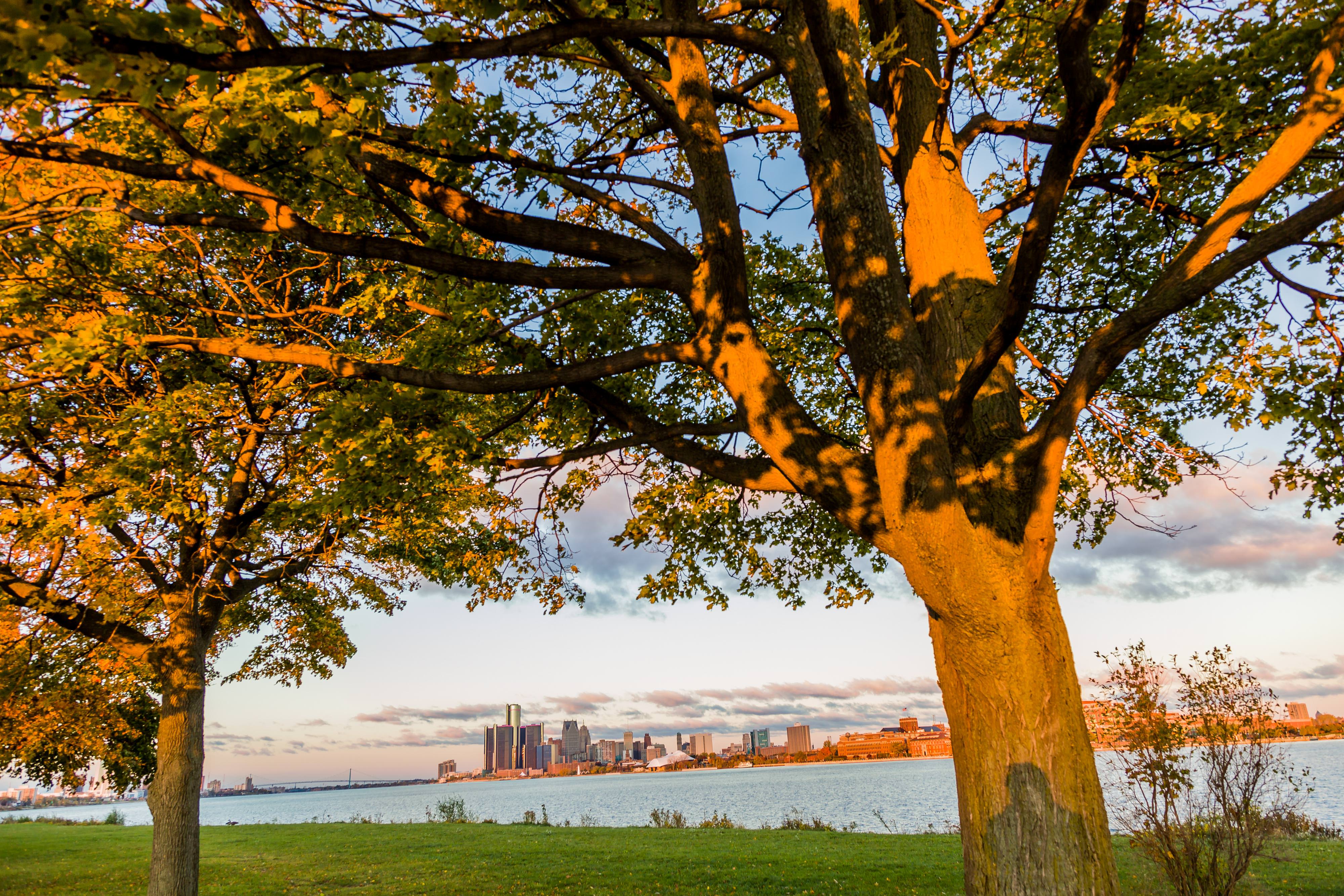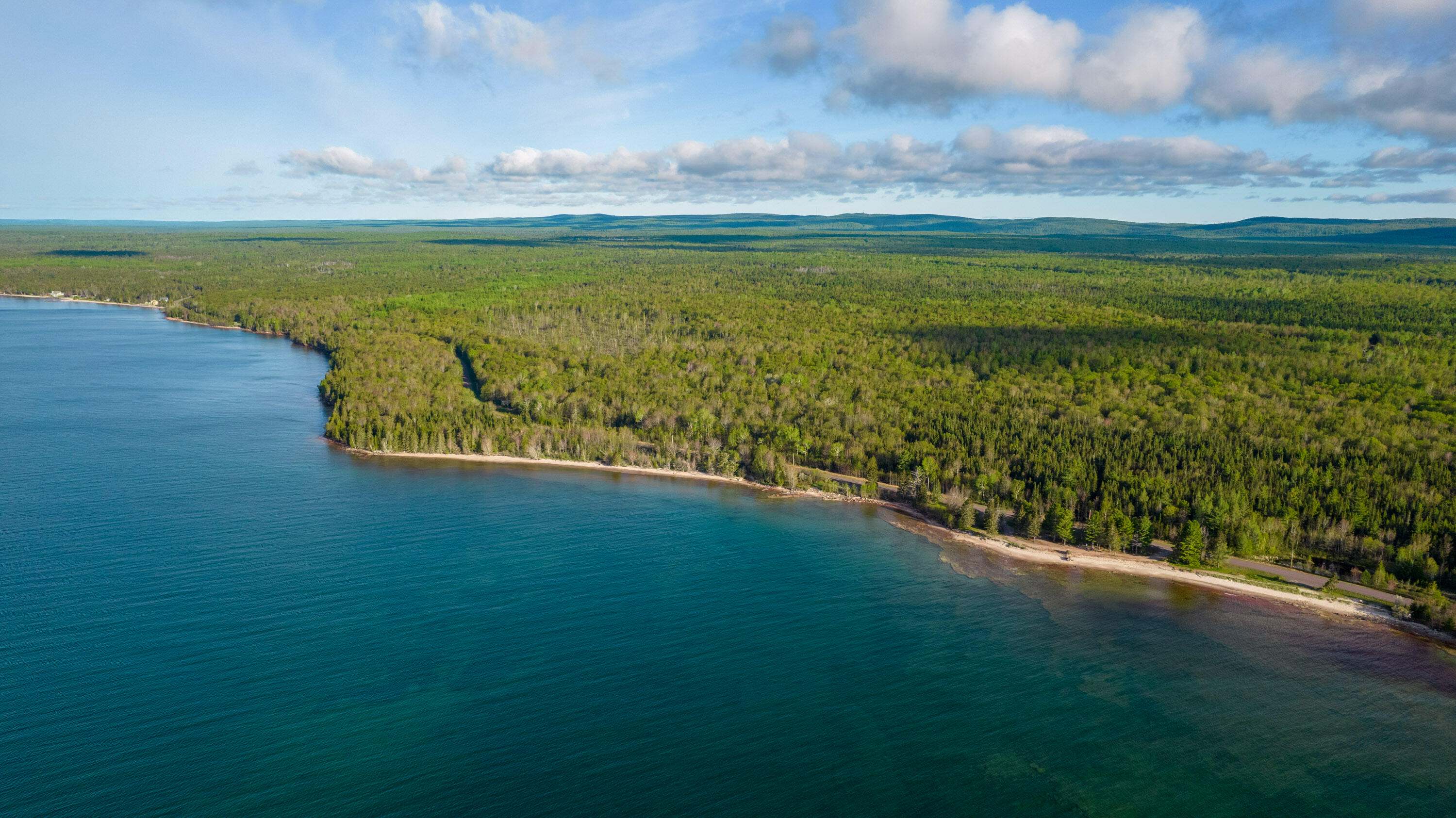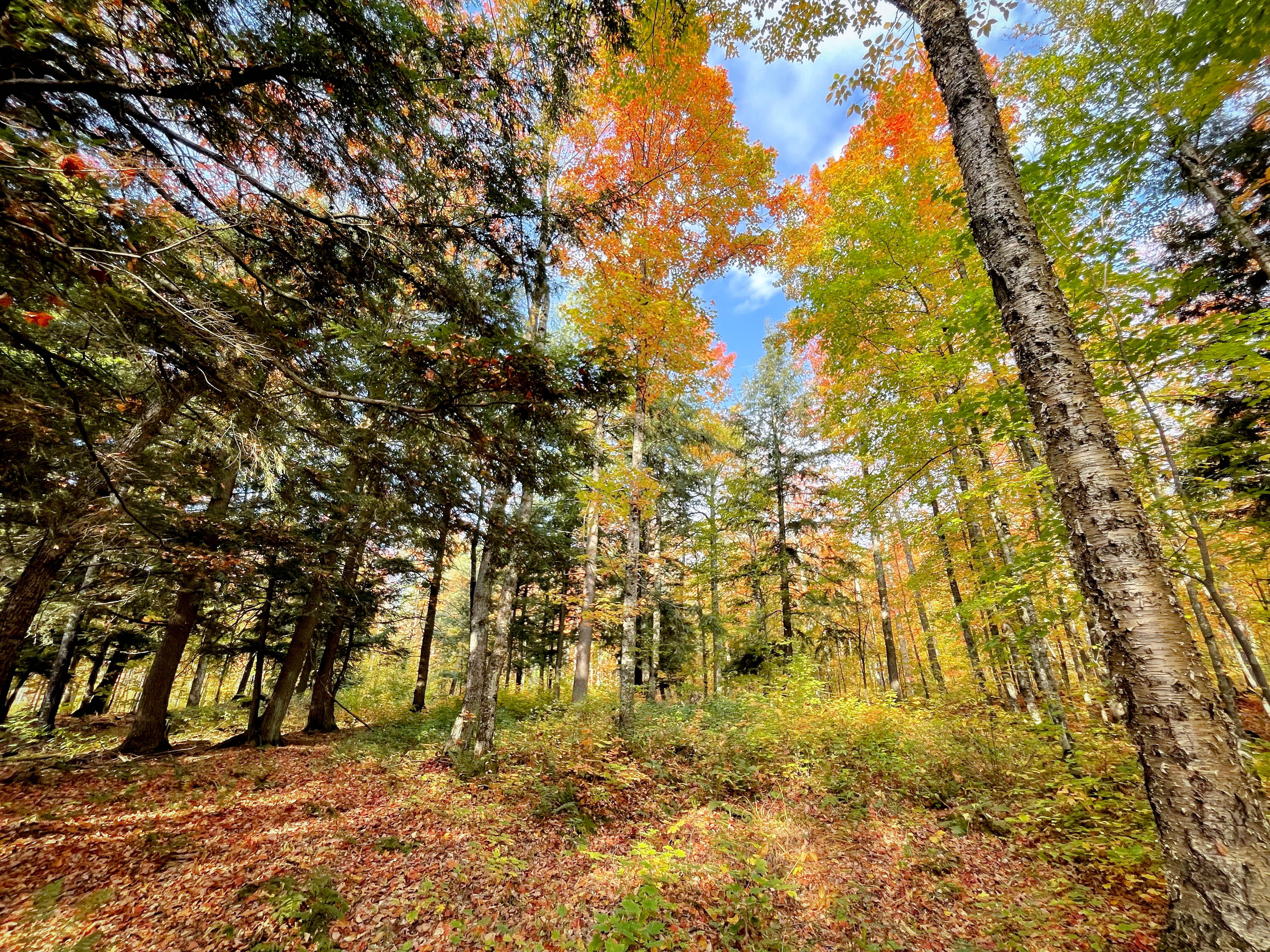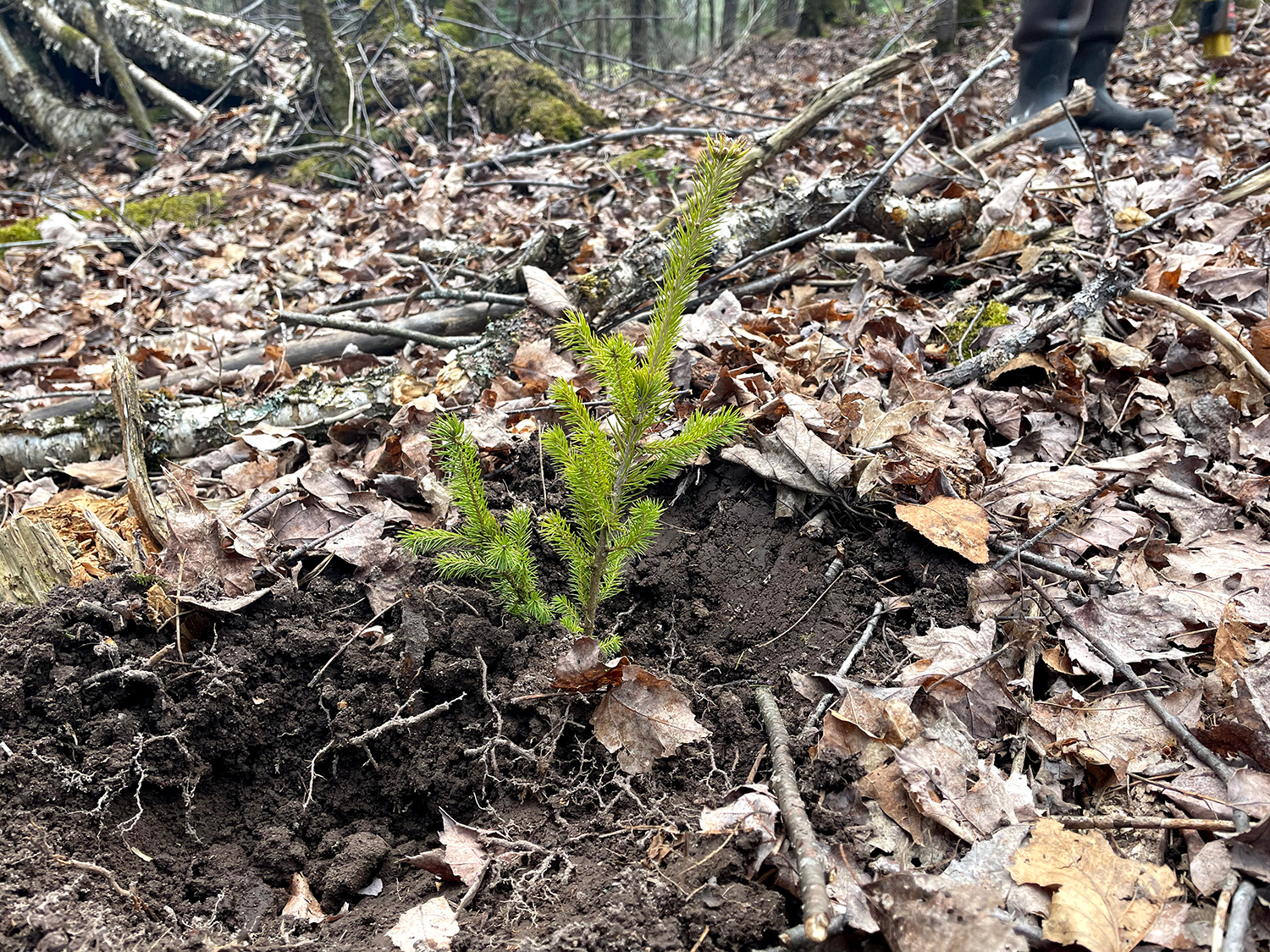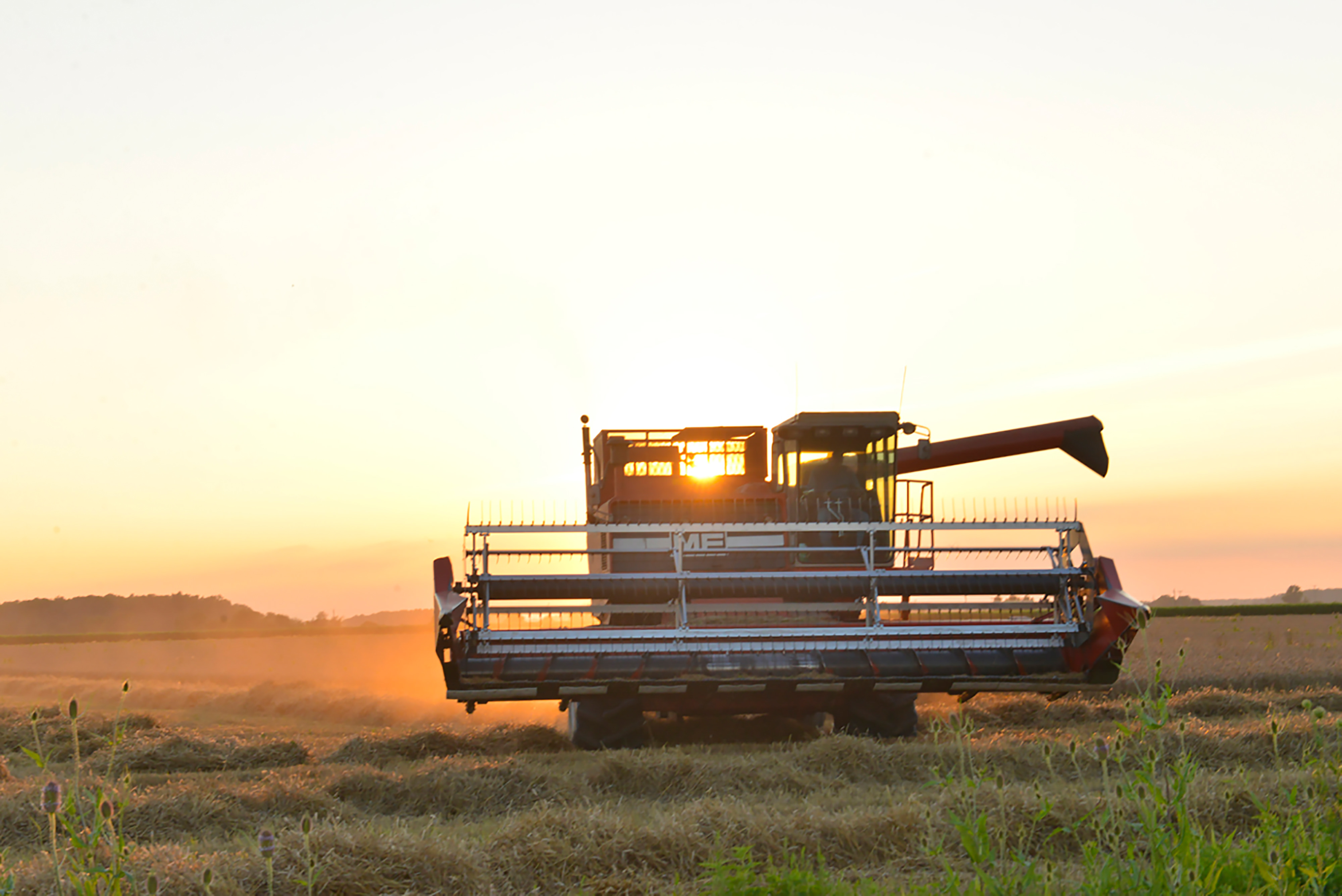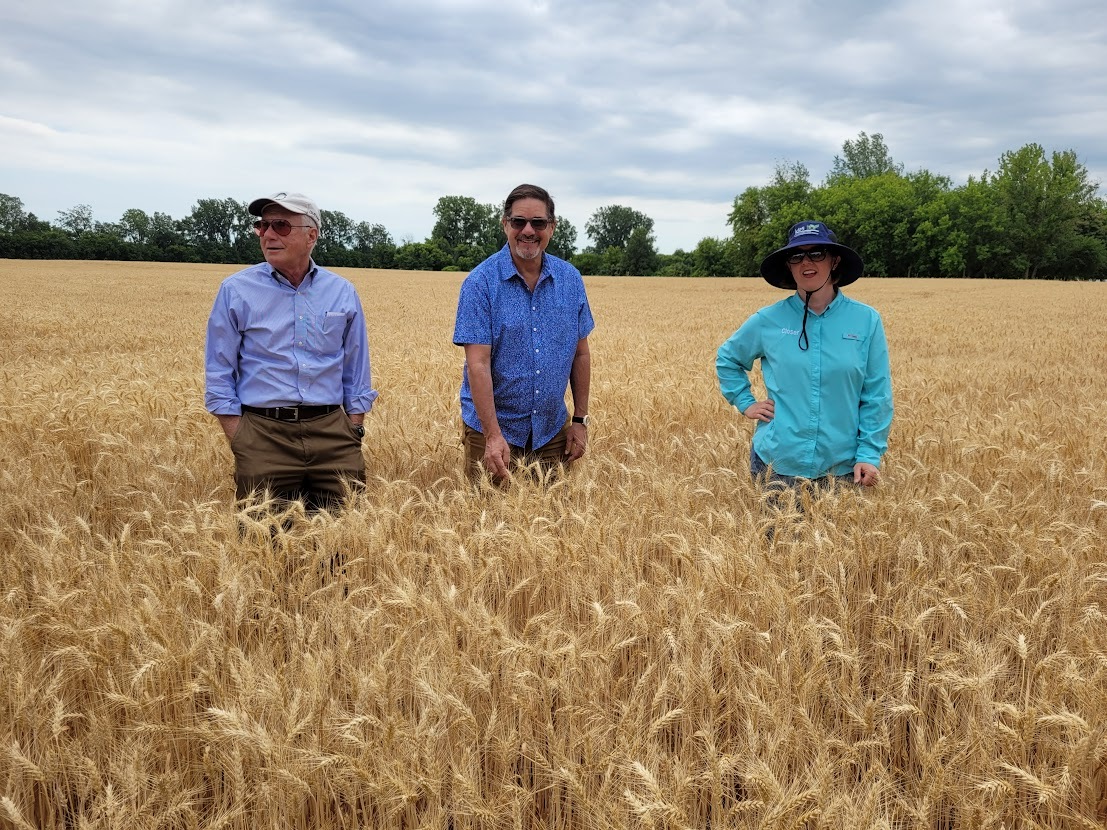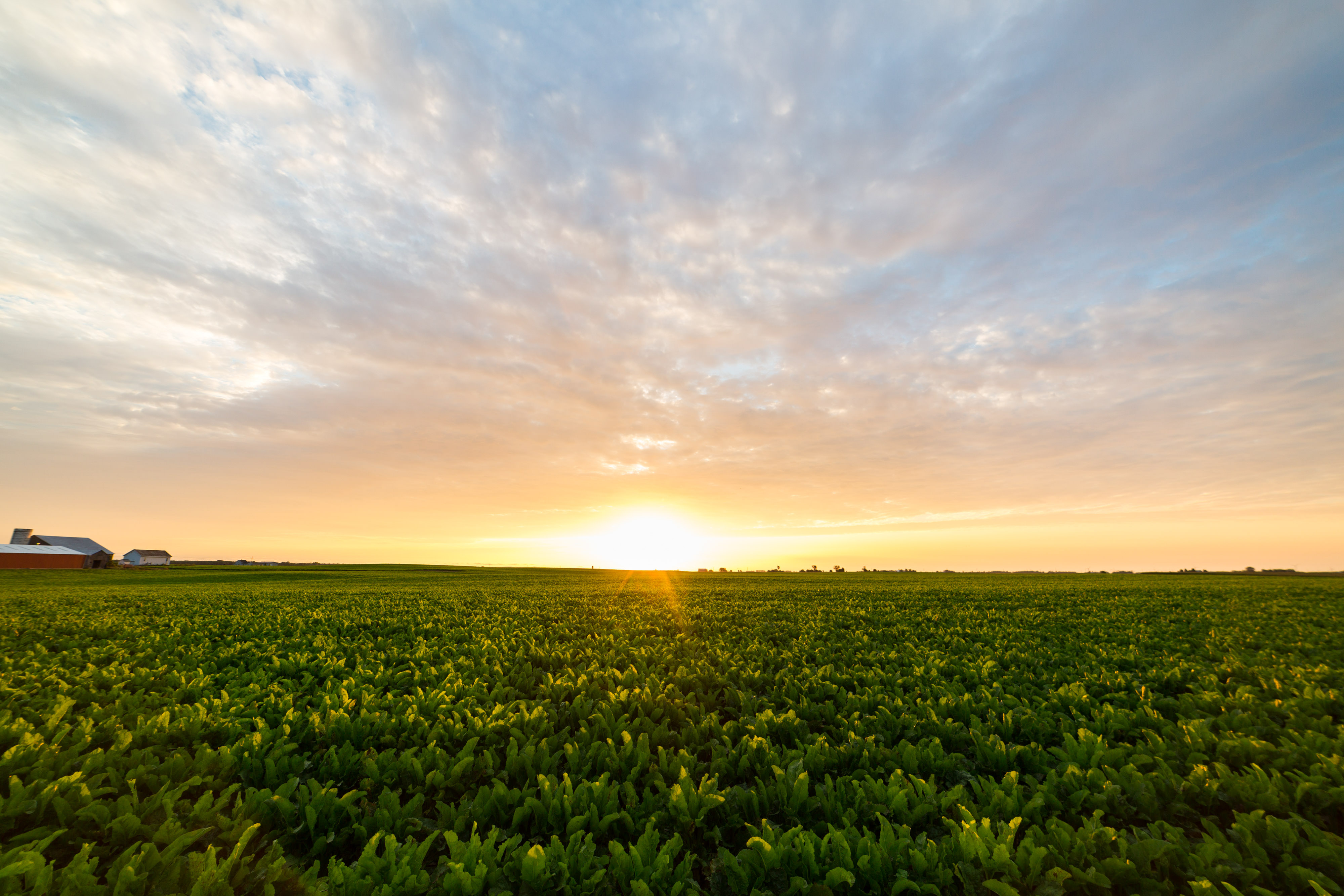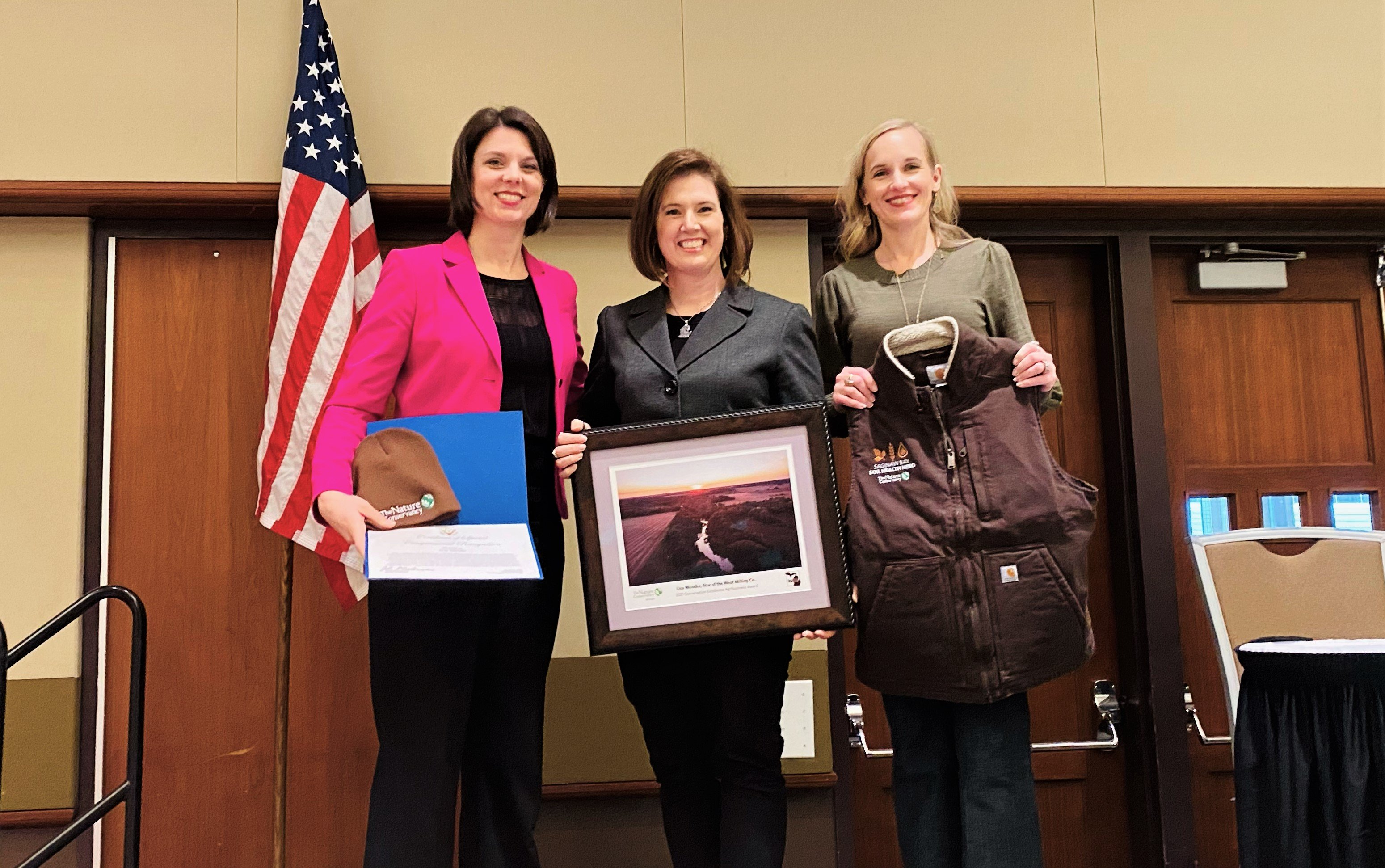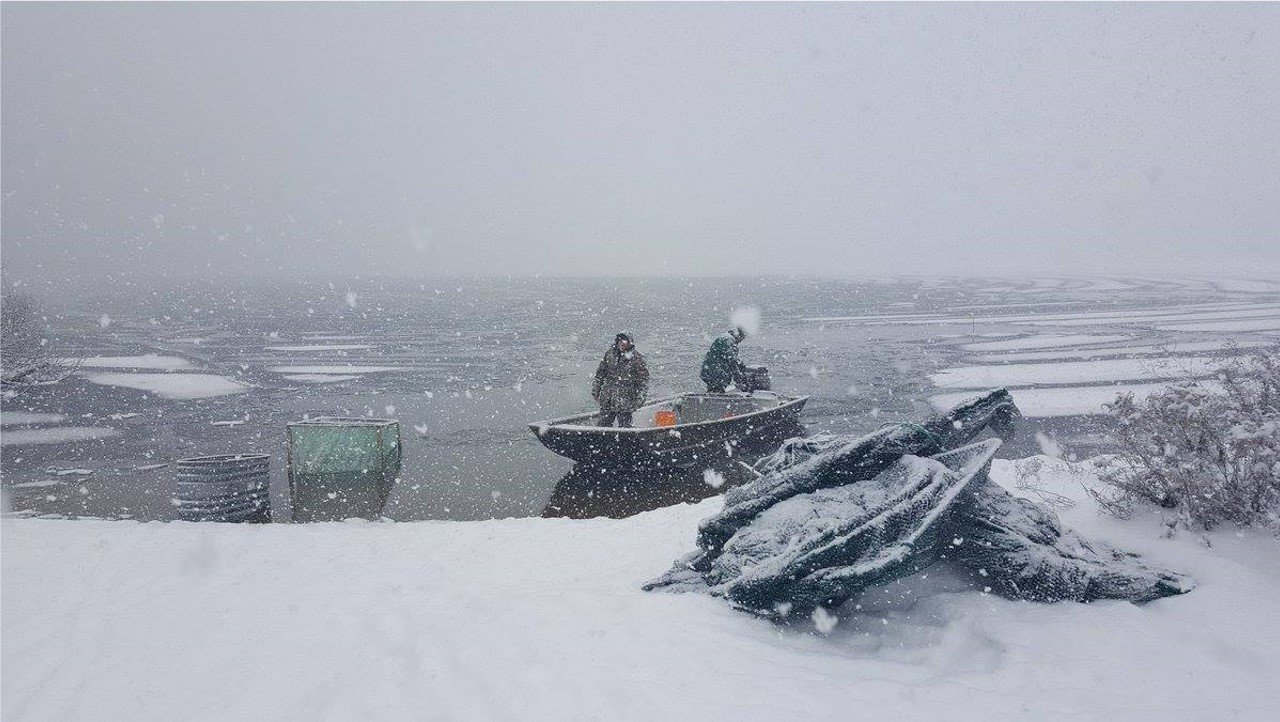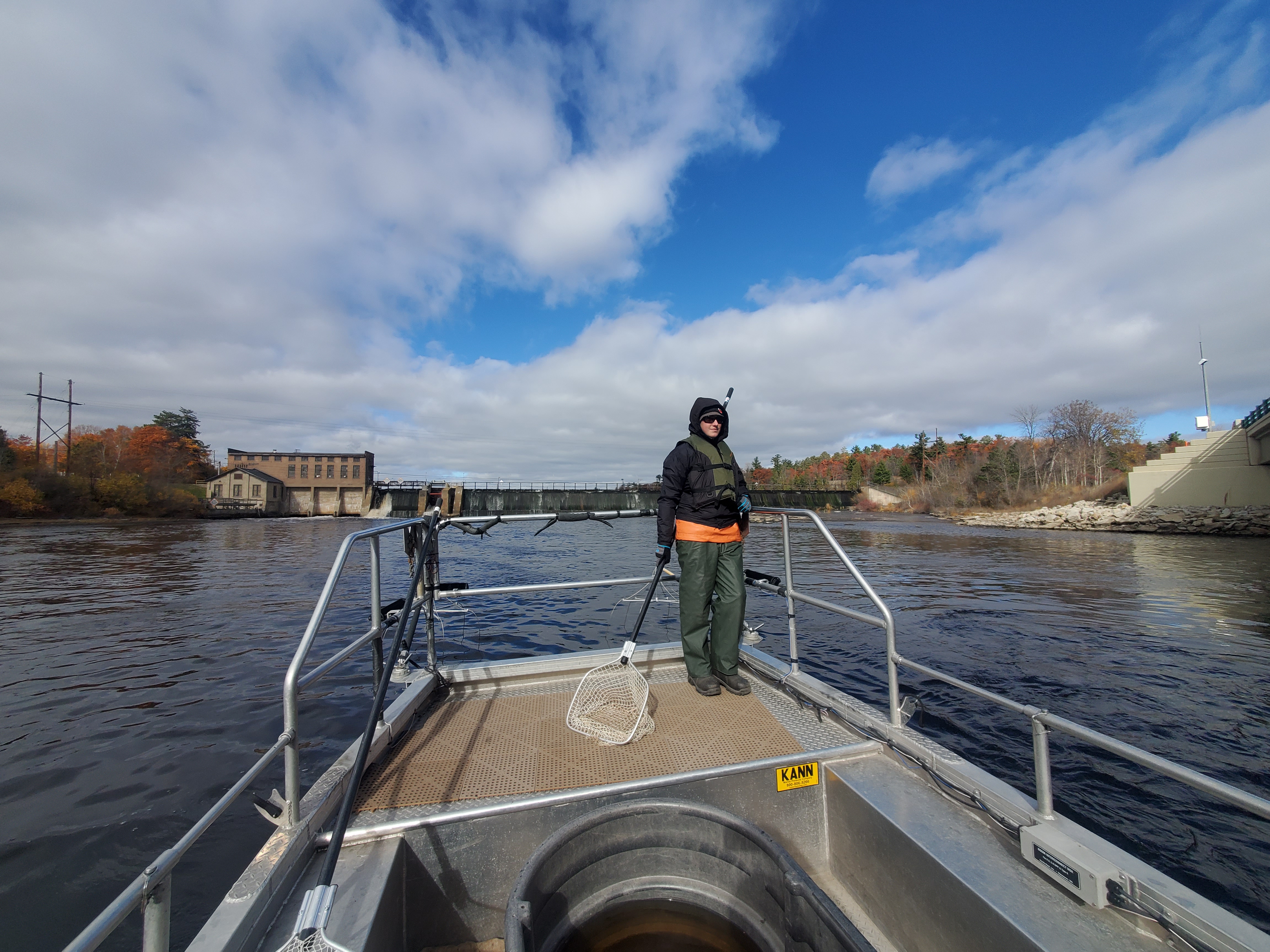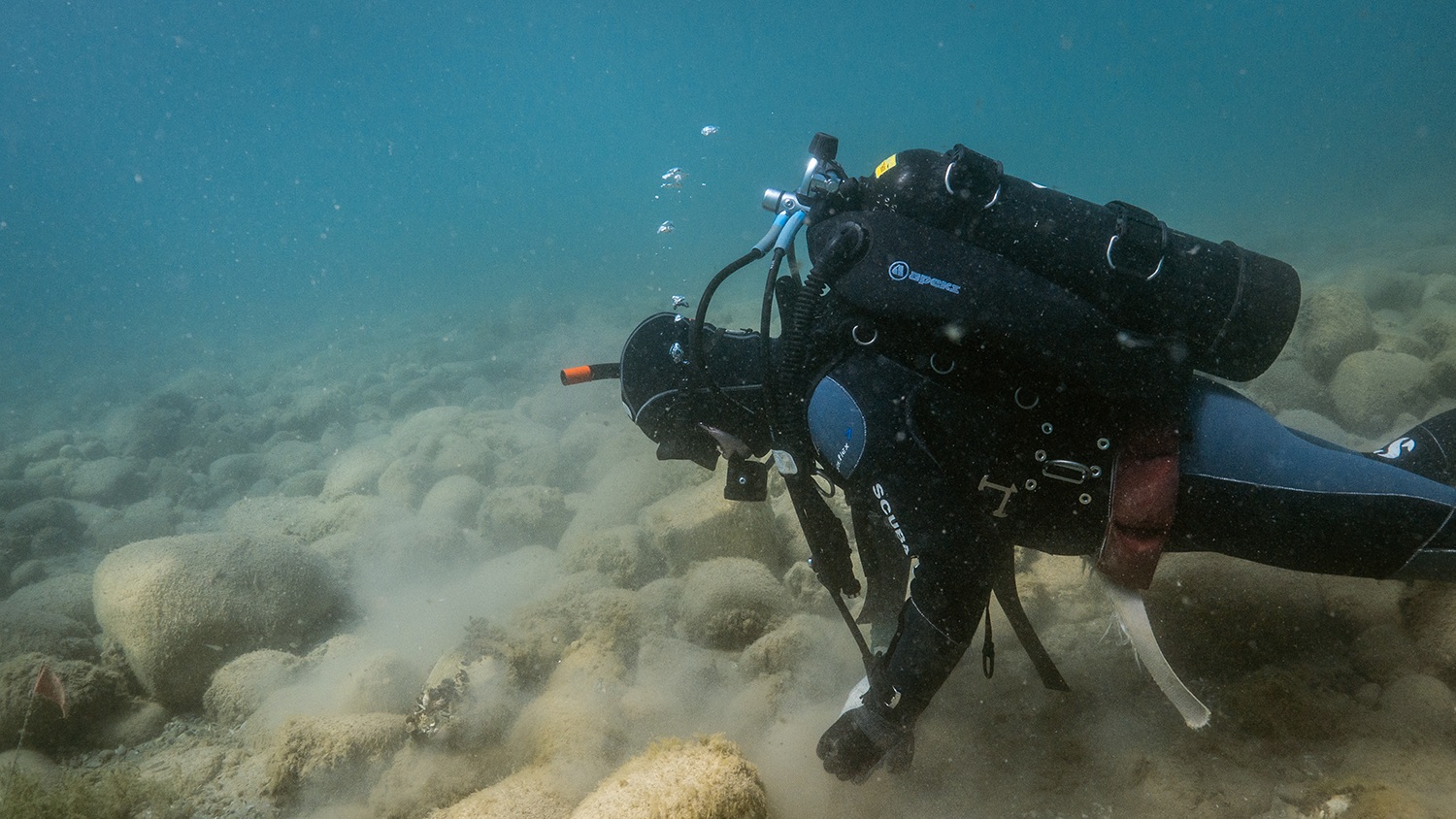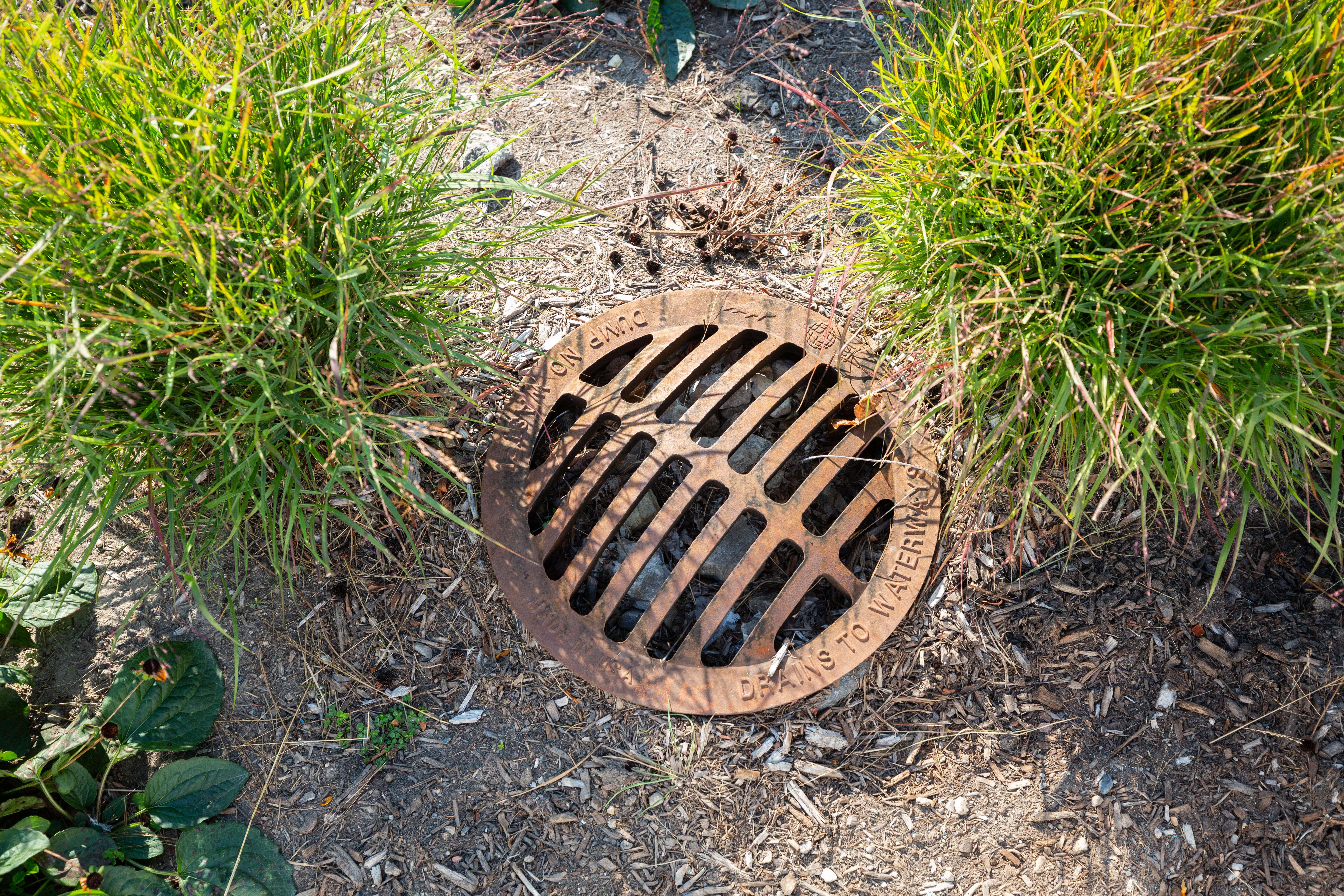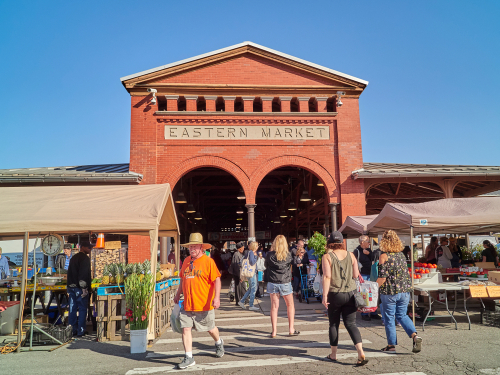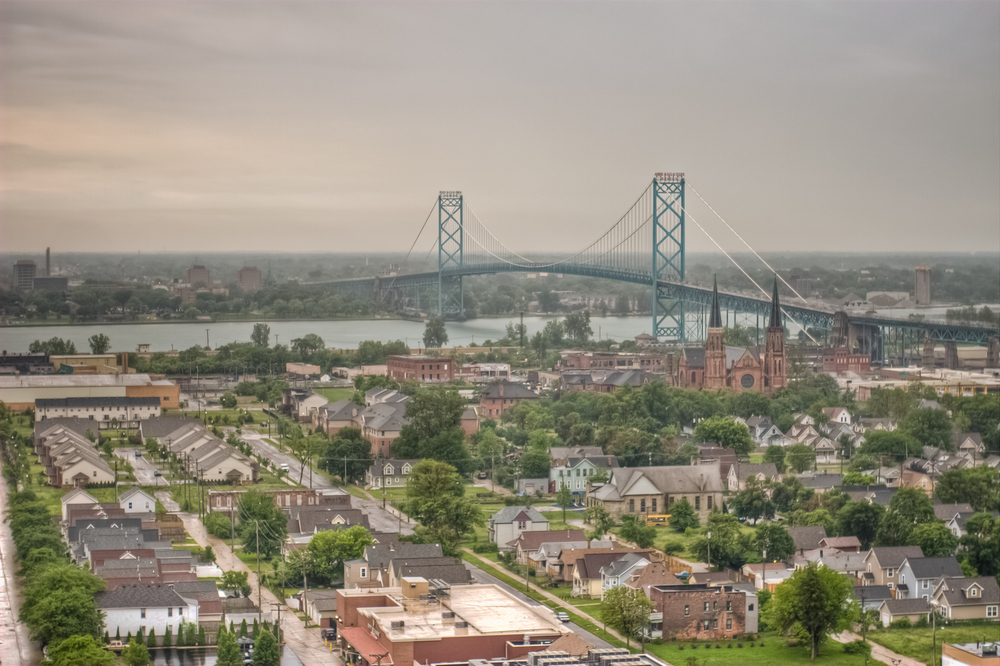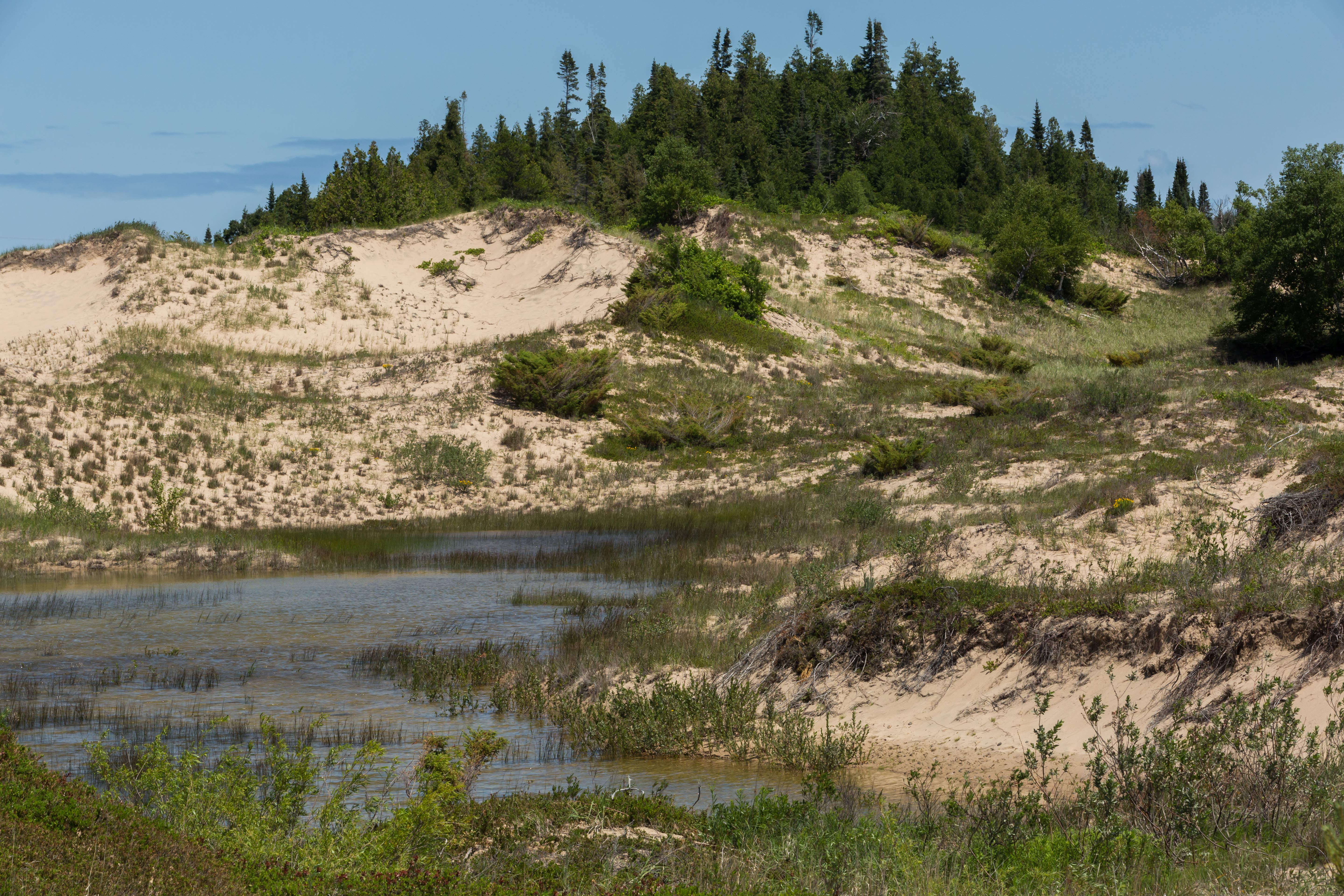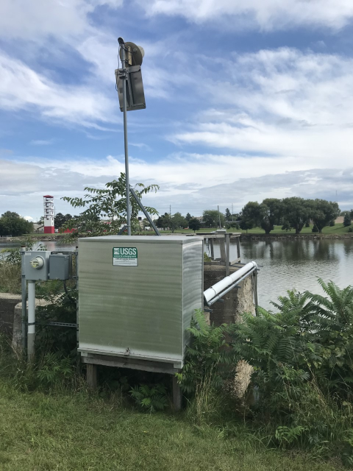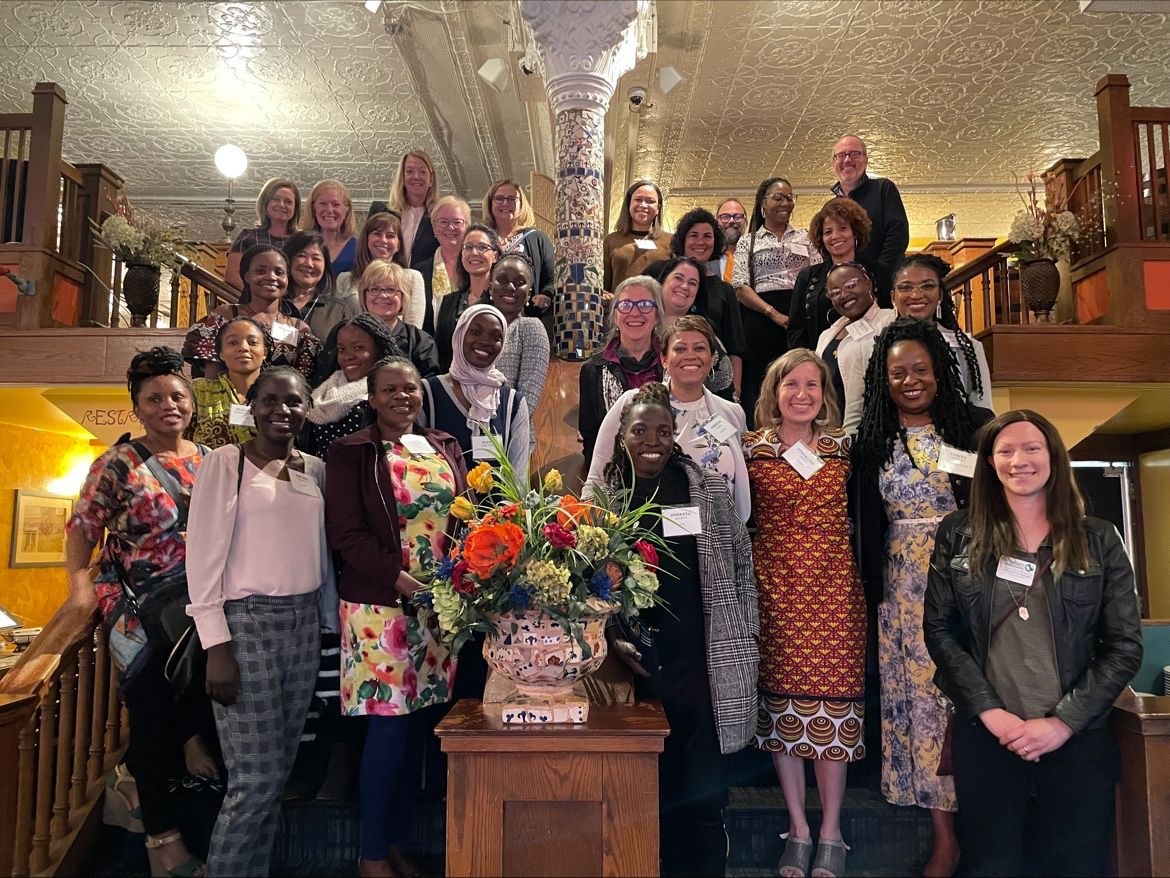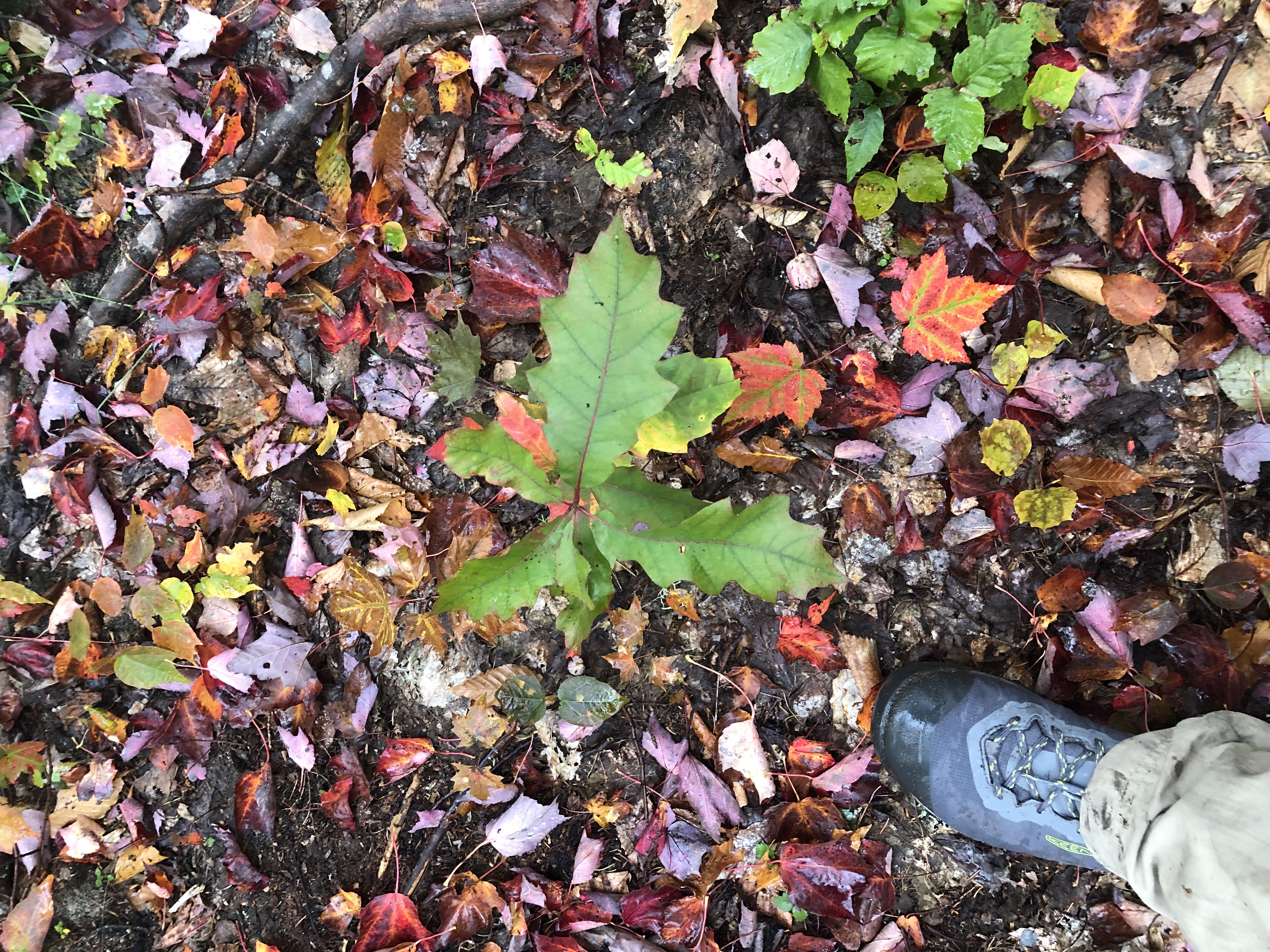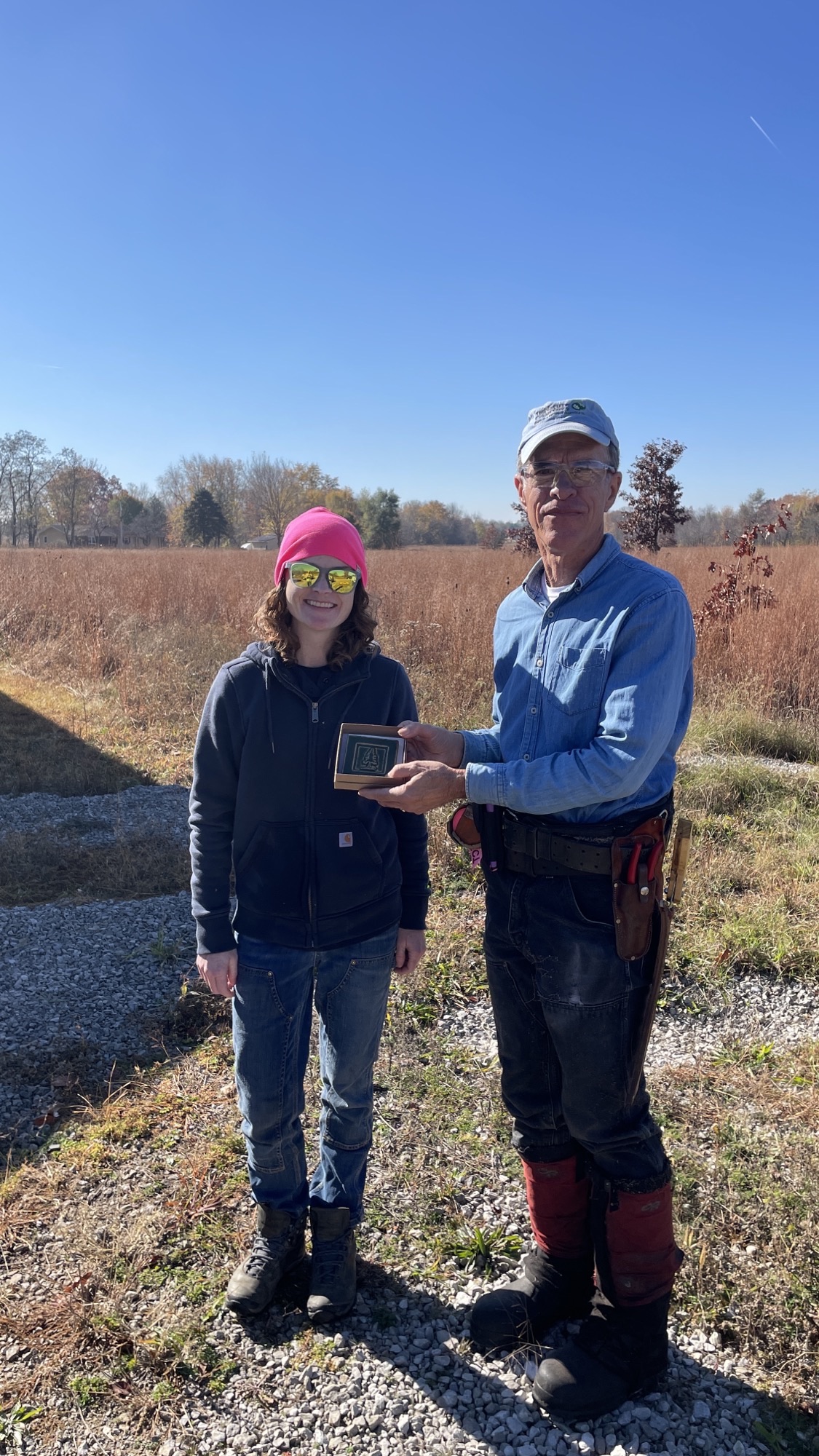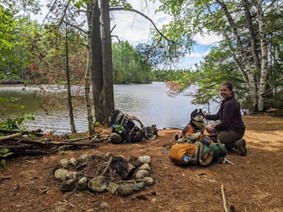Introduction
Reasons for Hope
At The Nature Conservancy, we tackle big, global conservation issues—from climate change to biodiversity loss. These challenges can seem insurmountable. But the work we do brings exciting breakthroughs that keep us inspired and urge us onward.
One of those moments came at the end of 2022, when TNC protected 32,500+ acres of the Keweenaw Peninsula’s lands and waters. This was a big win for the large-scale conservation we pursue across Michigan and beyond—but it’s not over yet. If you are able to donate to this effort, we could really use your help!
To those who have already given to support this project, or our many other conservation efforts in Michigan: Thank you. Every one of the achievements featured on the pages of this annual report is the result of countless contributions—of all kinds—by TNC staff, partners, donors and community members: from the launch of a new program for healthy forests, to a restoration experiment for whitefish, to a milestone to celebrate for a hard-working garden in the heart of Detroit.
Big or small, every conservation moment moves us forward. Which is why, this year, I encourage you to join us in the field! Help us track what wildlife or plants are thriving on our preserves. Snap a photo of an interesting species when you visit, and post it to the iNaturalist app, or send it directly to miplaces@tnc.org. The next conservation moment could be just down the trail.
In conservation,
Patrick Doran
Associate State Director
A Voice for Michigan Forests
From continued work in the Slate River Forest Reserve to our acquisition in the Keweenaw Peninsula, it's been a big year for Michigan forests. Click on each tile to learn more.
Act Now
Inspired by the Keweenaw?
Our bold, swift action to protect these lands required significant loans, and we are now fundraising to pay them back. Please consider giving to support this exciting conservation effort. Call TNC’s Development team at (517) 316-0300 to learn how.
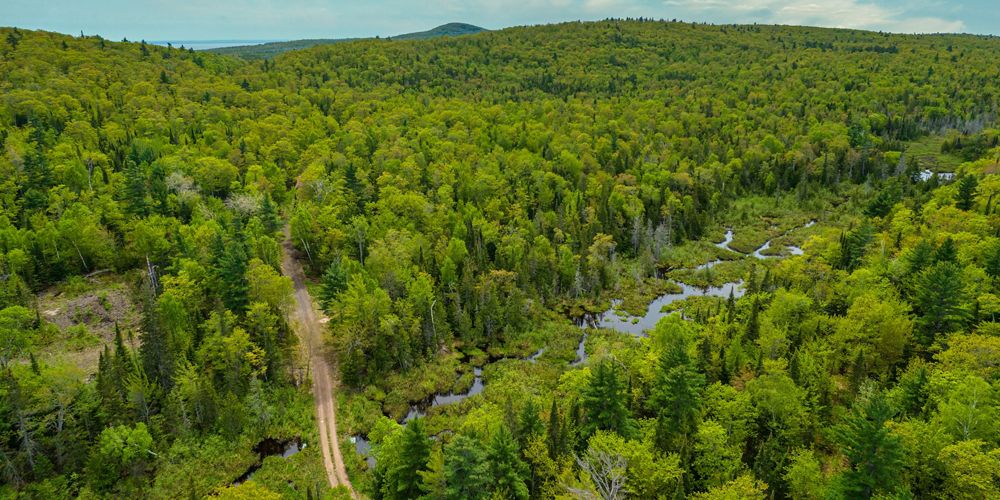
Connecting People and Nature
We own and manage more than 30 preserves in Michigan. Through this work, we provide Michiganders with opportunities to engage and better connect with nature. Click on each tile to learn more.
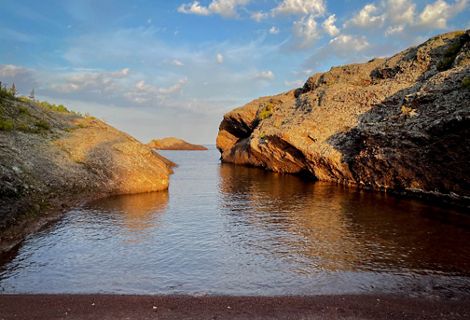
In the Spotlight: Mary Macdonald Preserve at Horseshoe Harbor
In 1982, Mary Macdonald donated the first piece of TNC’s oldest preserve in the Keweenaw Peninsula: the Mary Macdonald Preserve at Horseshoe Harbor. Today, this 1,200-acre preserve is one of our most popular in Michigan.
Advocacy for Lands & Waters
Tackling climate change. Protecting wildlife. Sustainable agriculture. There are so many ways to support Michigan's lands and waters. Click on each tile to learn more.
2022 By the Numbers
-
32,541
Acres newly protected, totaling 437,000 acres at time of publication
-
86,000
Bushels of sustainably raised wheat harvested through a supply-chain partnership
-
661
Acres acres of protected lands managed for enhanced ecological health by treating for invasive species, planting native seeds, using prescribed fire and more
-
79,000+
Estimated visits to TNC preserves across the state
-
13,660
Acres of recently protected forestland enrolled in a carbon project
-
1.5M
Gallons of stormwater managed by the green stormwater infrastructure installment at Sacred Heart Church
Forests for Climate Solutions
Michigan’s forests provide so many benefits to nature and people—and they have even more to give. Click on each tile to learn more.

Growing Ross Preserve
TNC undertook a significant restoration at the Ross Coastal Plain Marsh Preserve—removing 43 acres of an introduced red pine monoculture and replacing it with 2,300 saplings of native tree species that better reflect the forest’s natural diversity.
For Resilient Farms & Clean Water
In Michigan’s agricultural watersheds, farmers are shifting to practices that restore and sustain long-term soil health and reduce harmful runoff. Click on each tile to learn more.
Meet the 2021 Soil Health Heroes

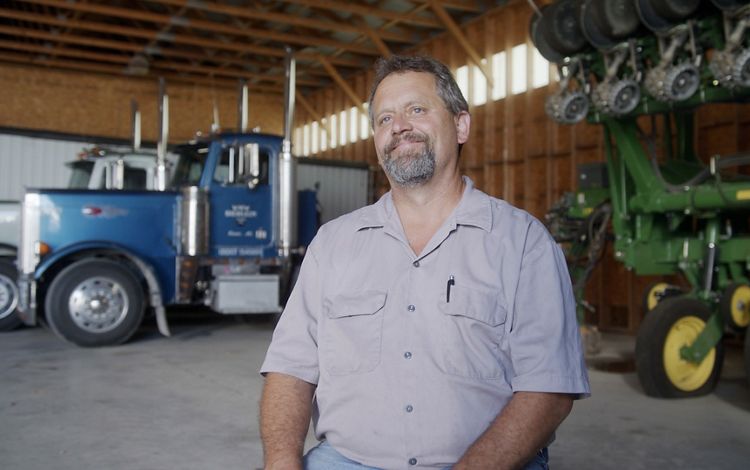
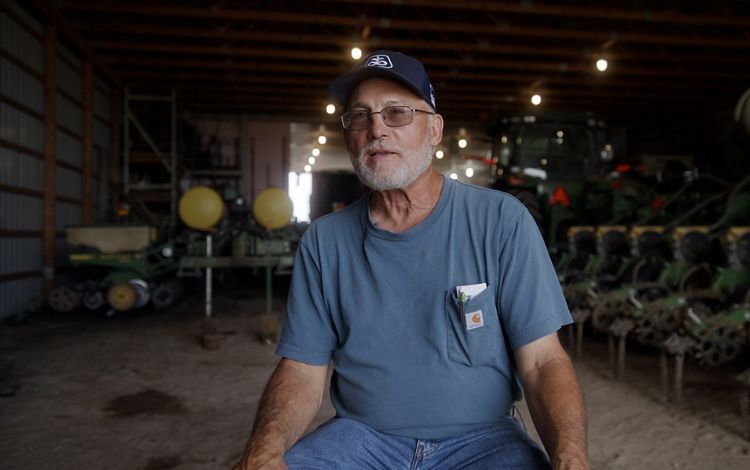

Great Lakes, Great Fisheries
TNC and partners are working together to successfully restore fish populations and habitat. Click on each tile to learn more.
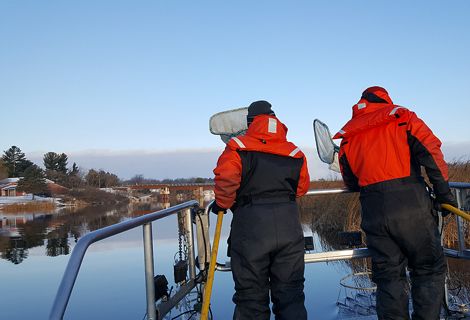
The Search for Lake Whitefish
Spend a day in the field with TNC Conservation Fellow Alex Verdeja-Perez as she journeys in the rain and snow in search of lake whitefish—a crucial species for the biodiversity of the Great Lakes.
Seeking Nature in Our Cities
Explore TNC's work with green stormwater infrastructure in Michigan. Click on each tile to learn more.


Rooted in Science
Through innovative conservation approaches, we can take meaningful steps toward our goals. Click on each tile to learn more.
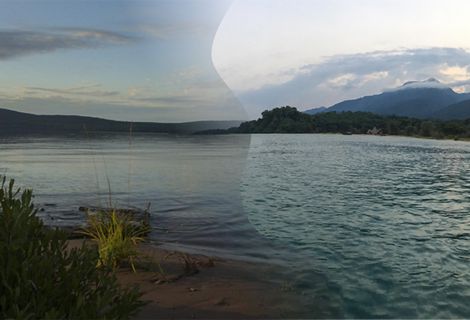
From Great Lakes to Great Lakes
In May of 2022, a delegation of nine women scientists traveled from Africa to the Midwest to conduct research and share their work in the African Great Lakes.
Faces of TNC
Learn how a long-time volunteer was honored and meet our newest fellows/interns. Click on each tile to learn more.
Faces From the Field
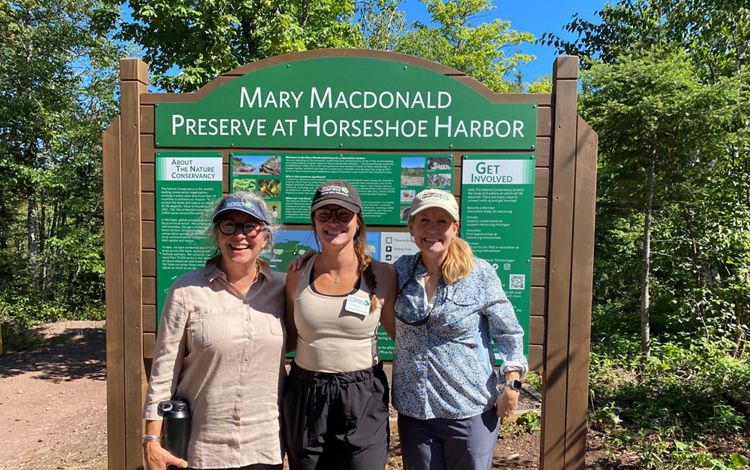
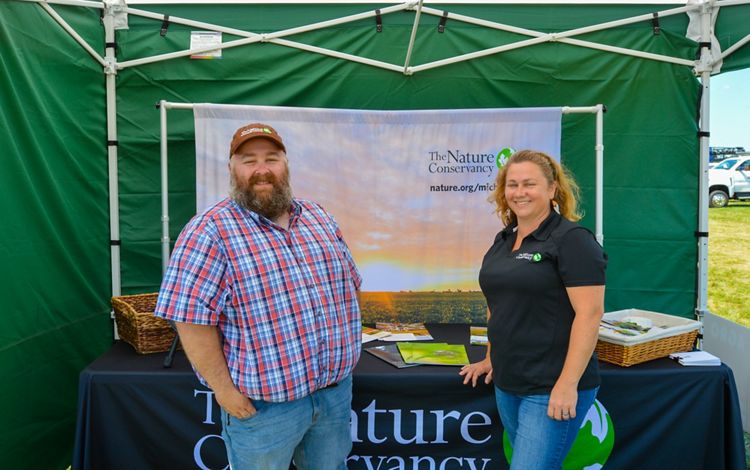
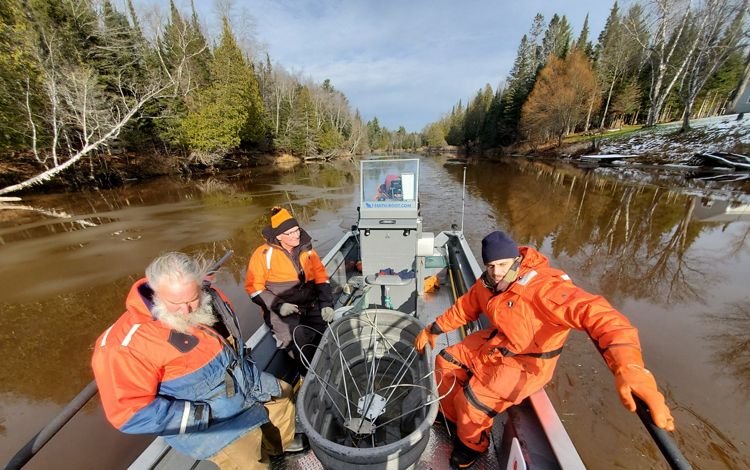



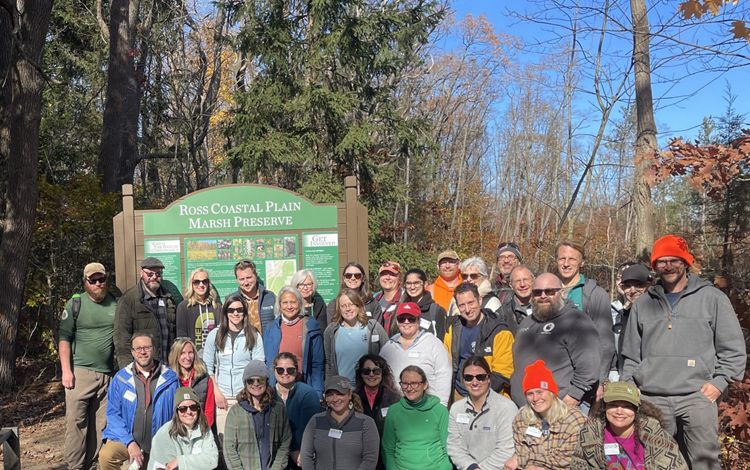
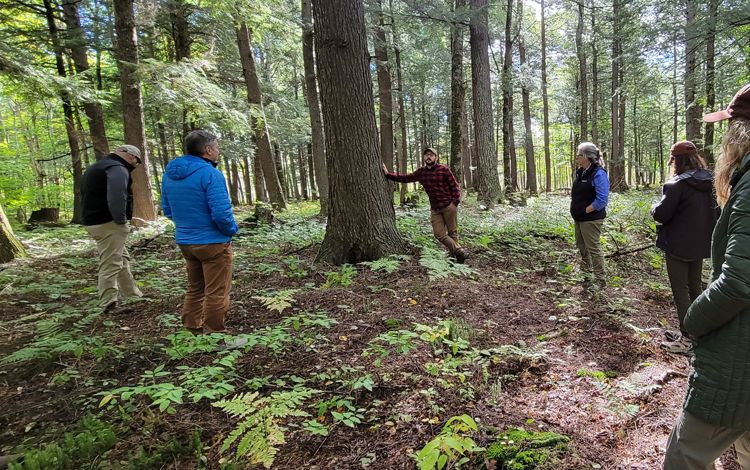
2022 Peer-Reviewed Articles
Sharing research across the broader scientific community is important to ensure that decisions are made based on the best available science. TNC’s Michigan team publishes an average of 10 peer-reviewed papers a year in science journals. In 2022, this included the following articles:
-
Defining Coastal Resilience in the Great Lakes
Defining coastal resilience in the Great Lakes: A systematic review and critical comparison Access the Article
-
Multilake Monitoring of African Great Lakes
Need for harmonized long-term multilake monitoring of African Great Lakes. Access the Article
-
Groundwater in Crisis?
Groundwater in Crisis? Addressing Groundwater Challenges in Michigan (USA) as a Template for the Great Lakes. Access the Article
-
Sapling Stocking Targets
Sapling Stocking Targets for Multiple Management Goals in Northern Hardwood Forests: How Do Stands Measure Up? Access the Article
-
Scientific Synthesis of Marine Protected Areas
A Scientific Synthesis of Marine Protected Areas in the United States: Status and Recommendations. Access the Article
-
Framework for Invasive Aquatic Plant Survey
Towards a framework for invasive aquatic plant survey design in Great Lakes coastal areas. Access the Article
-
Planning for people and nature
Planning for people and nature: Comparing quality-of-life outcomes across environmental systems to inform conservation planning. Access the Article
-
A Synthesis of the Great Lakes Restoration Initiative
A Synthesis of the Great Lakes Restoration Initiative According to the Open Standards for the Practice of Conservation. Access the Article
Stay Connected to Our Work
Sign up to receive monthly news and updates from Michigan and beyond.


